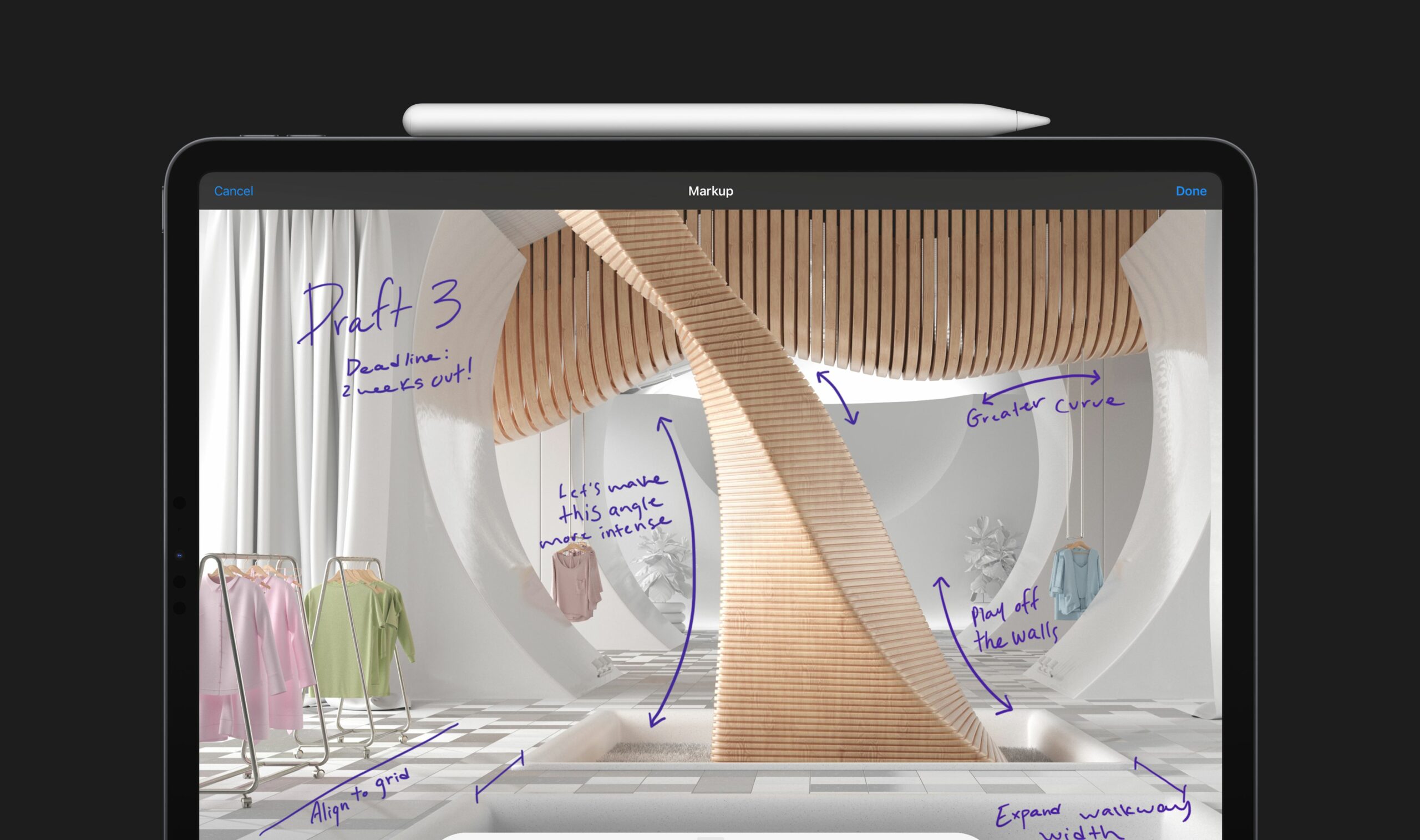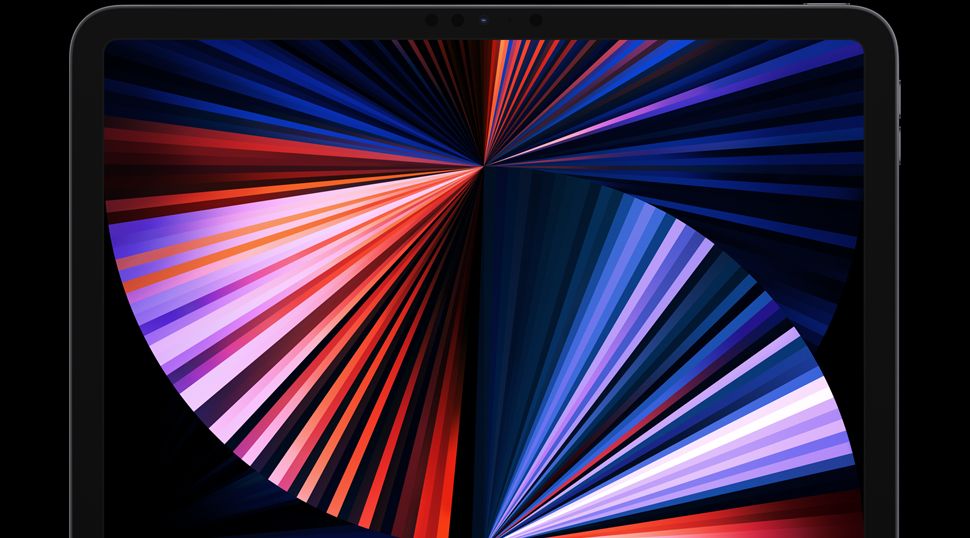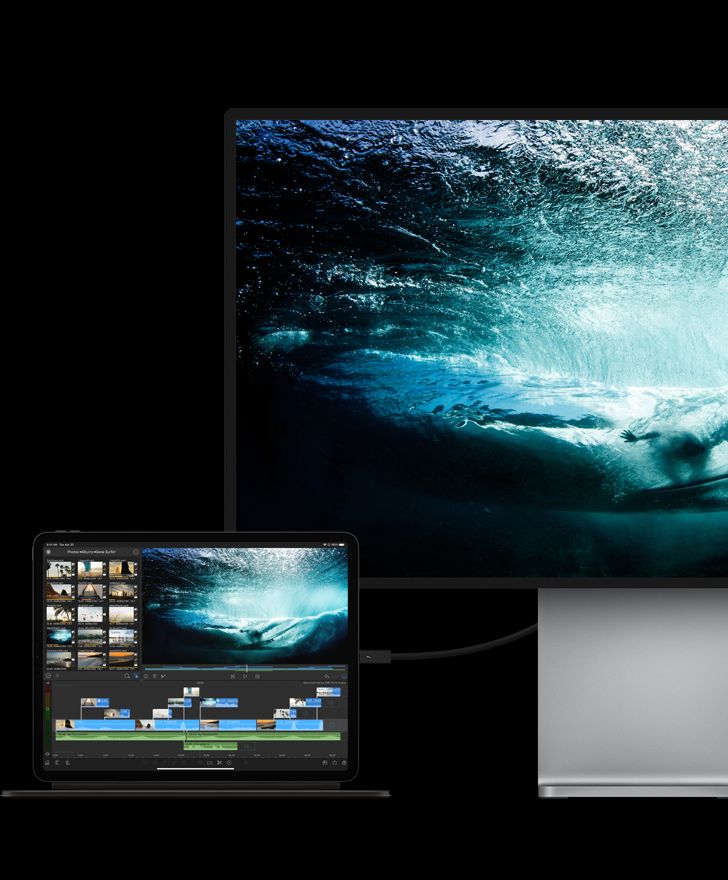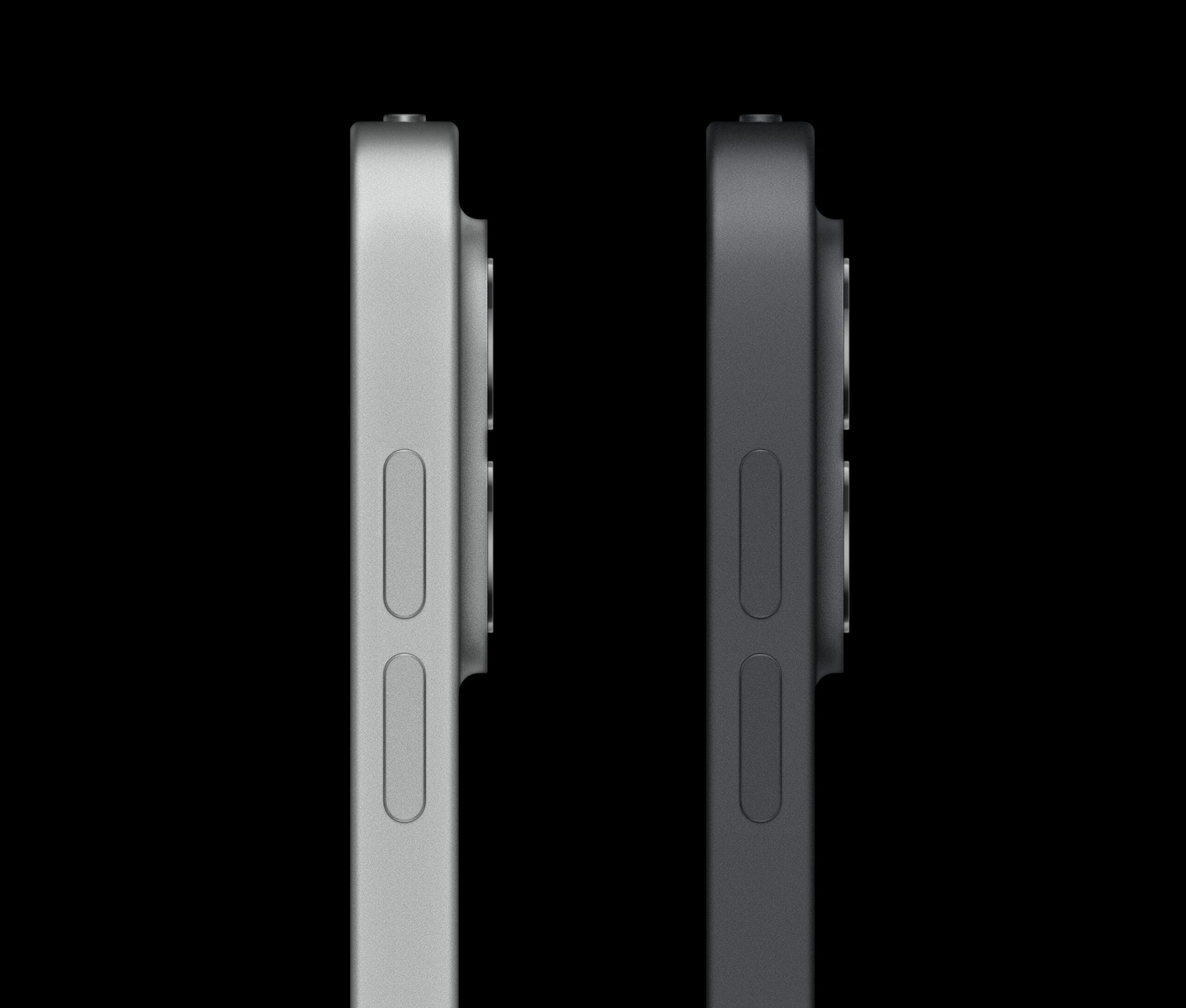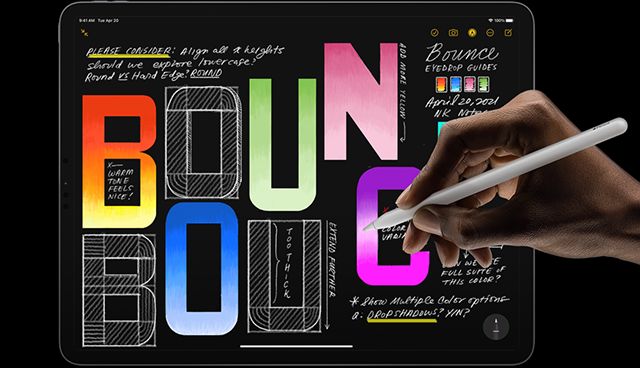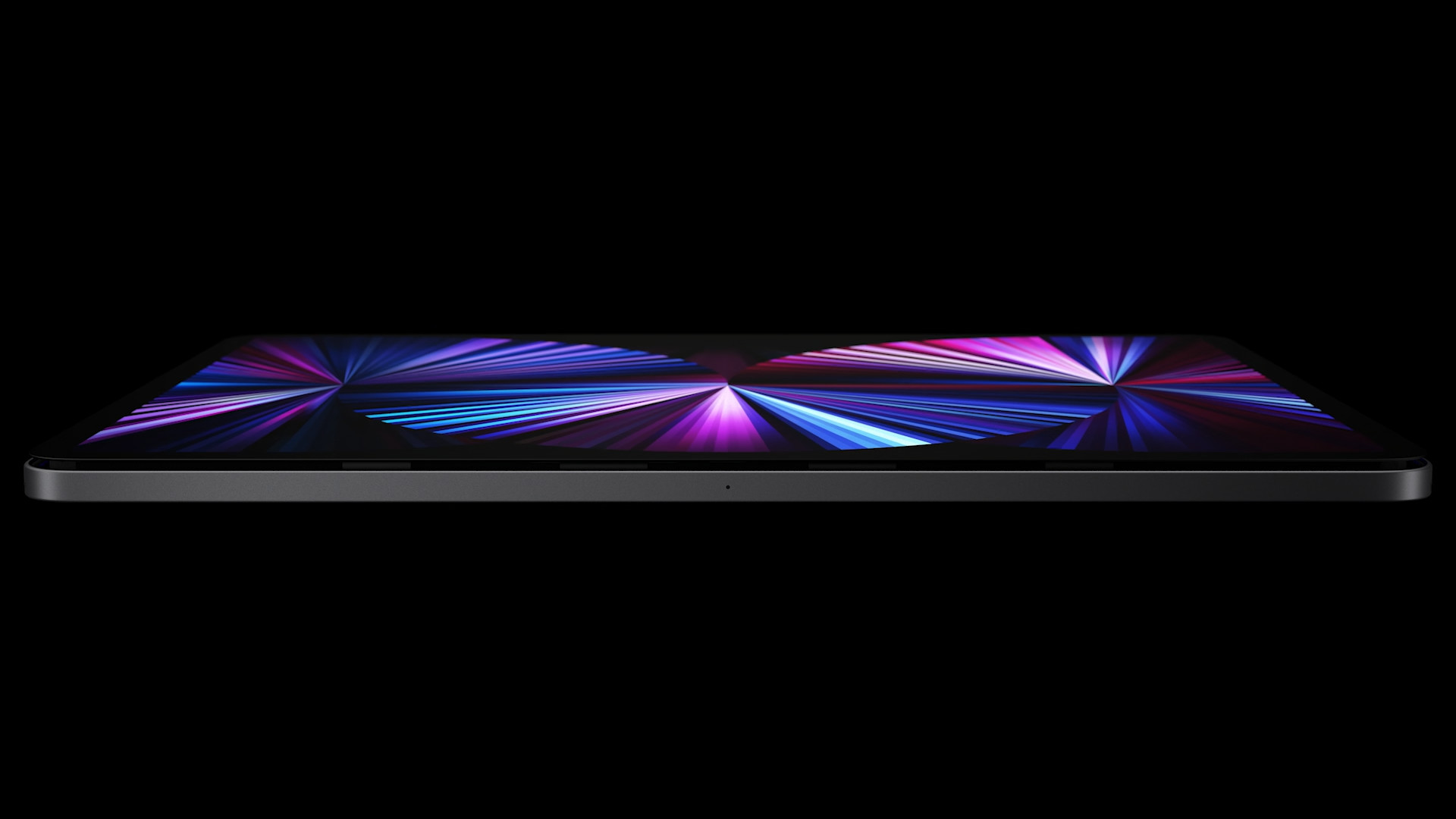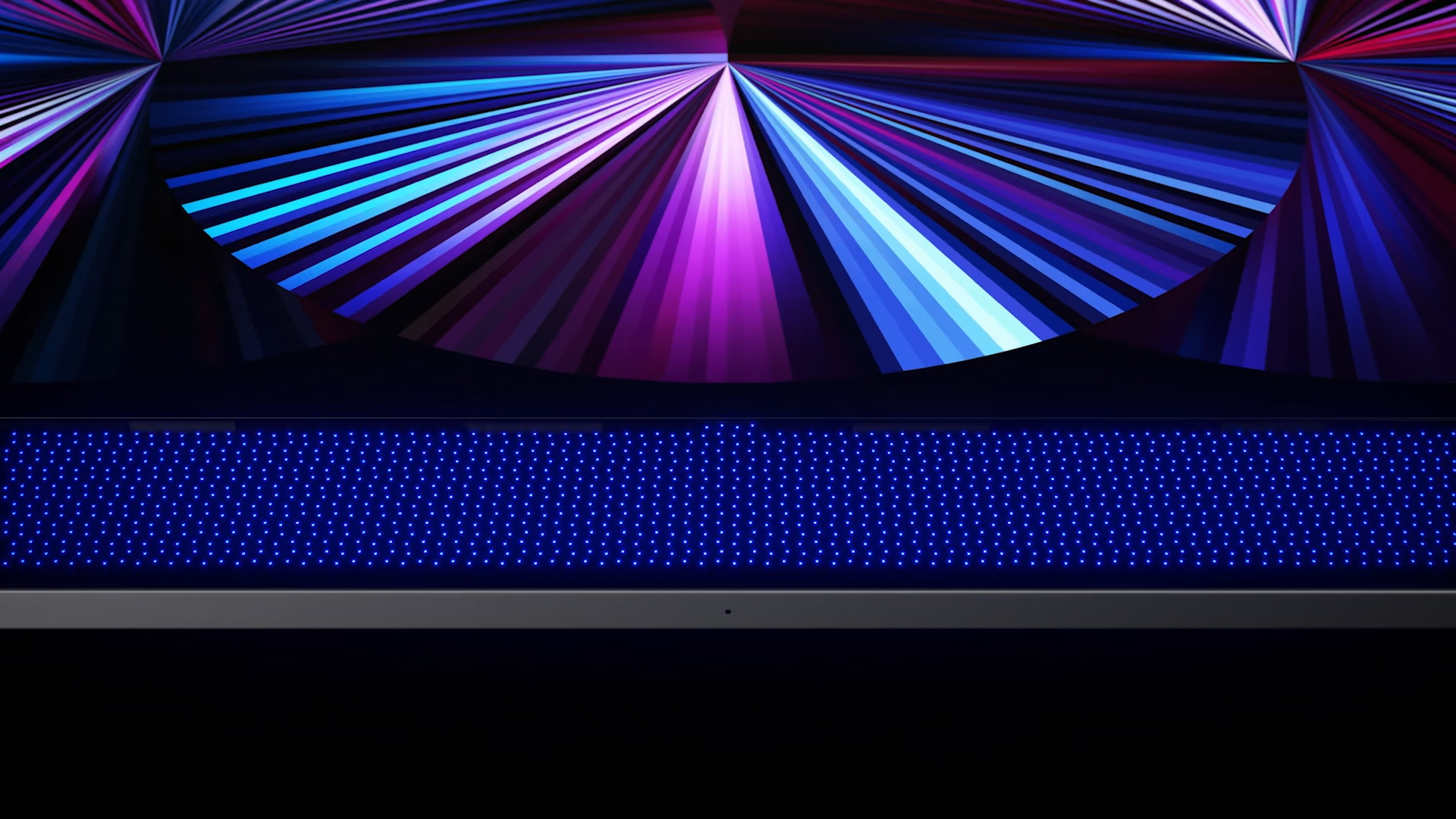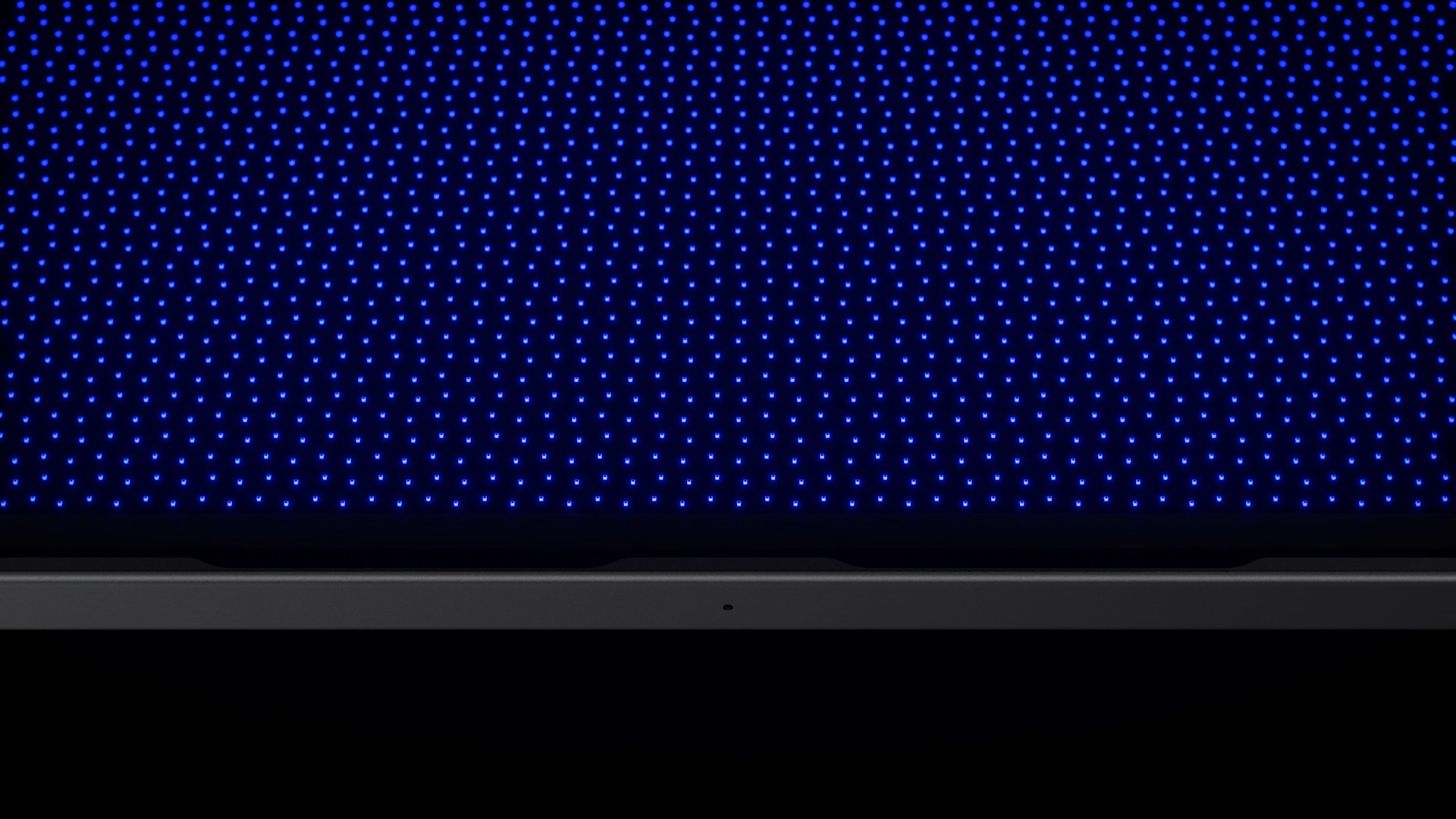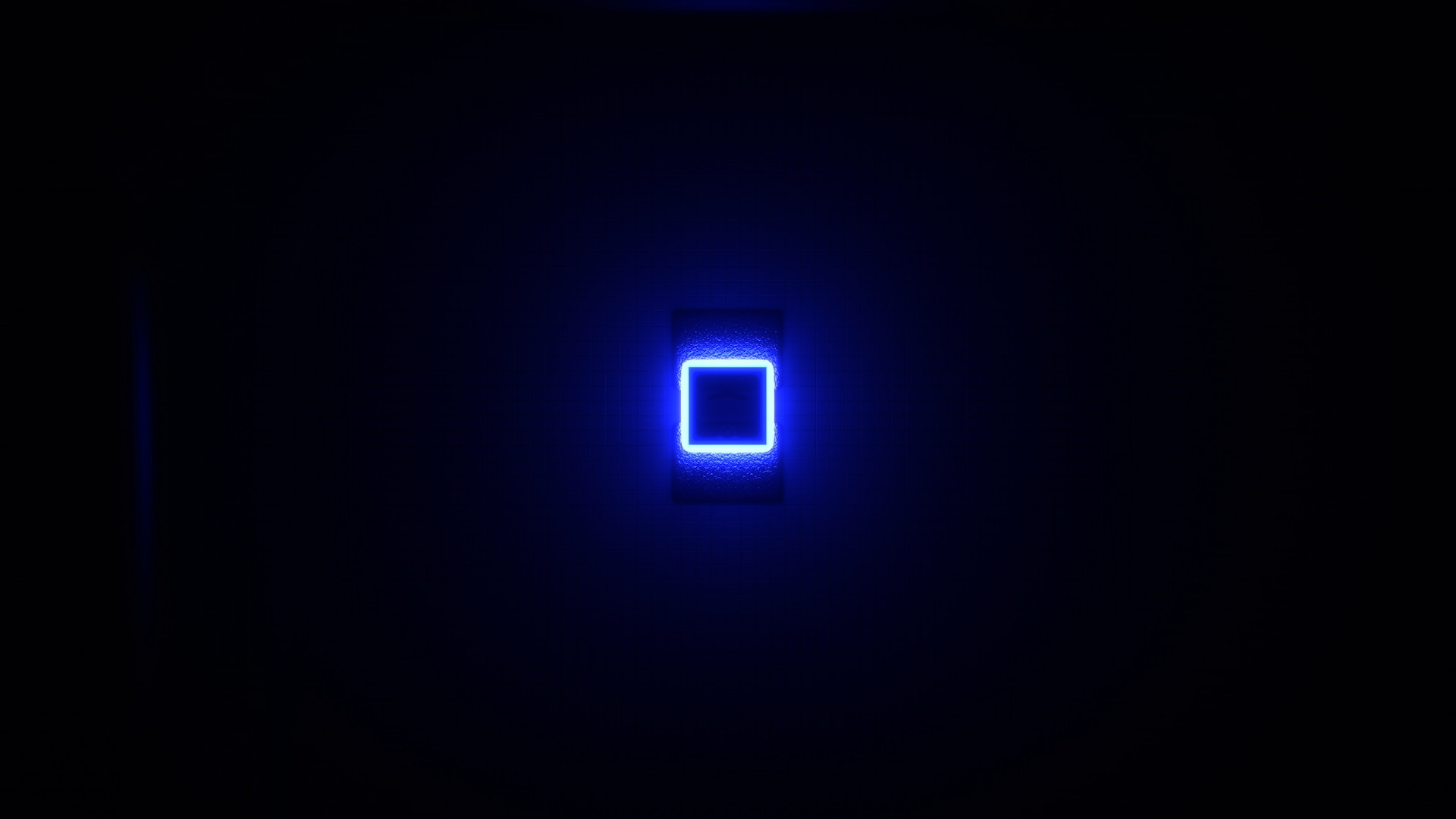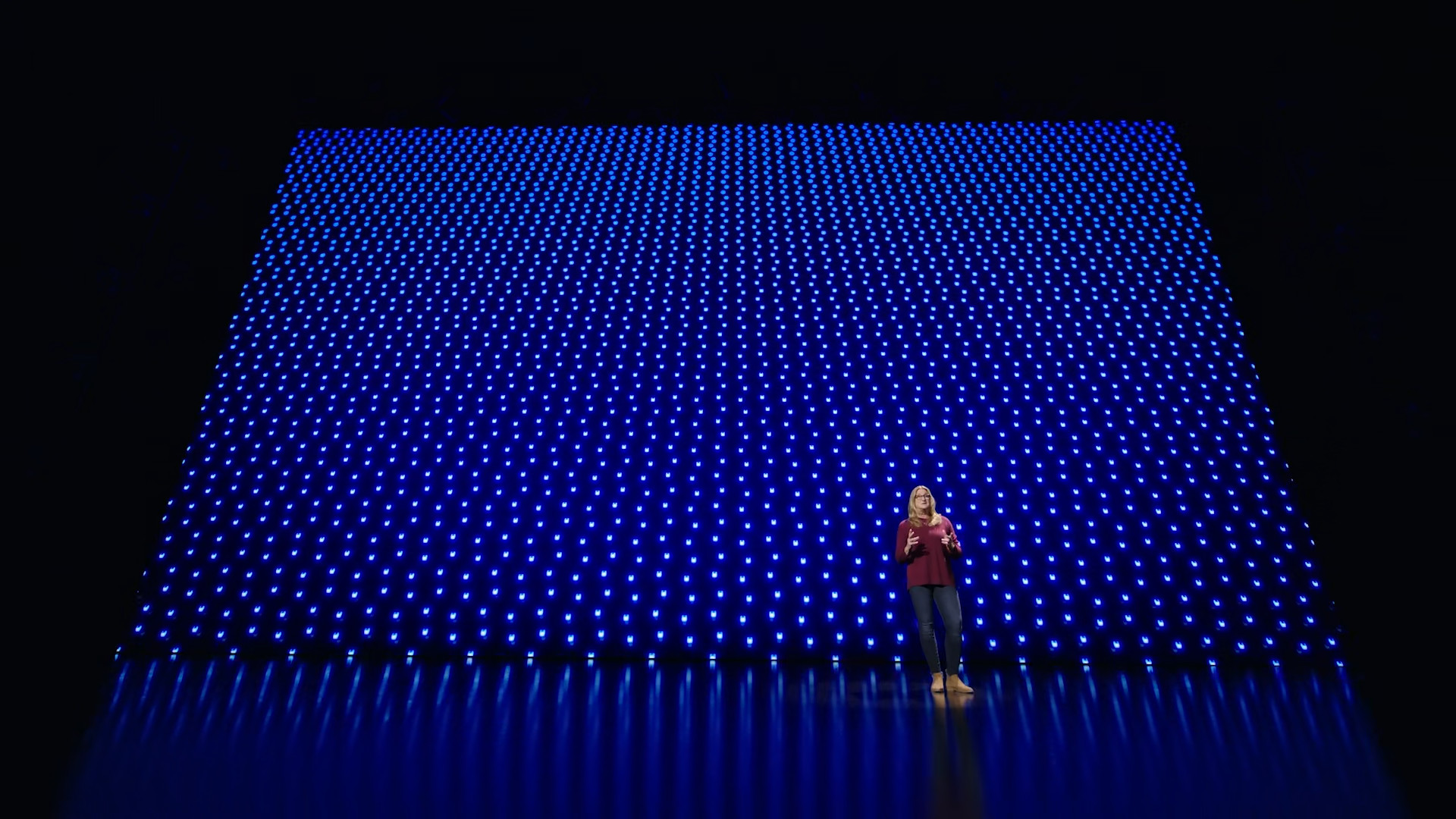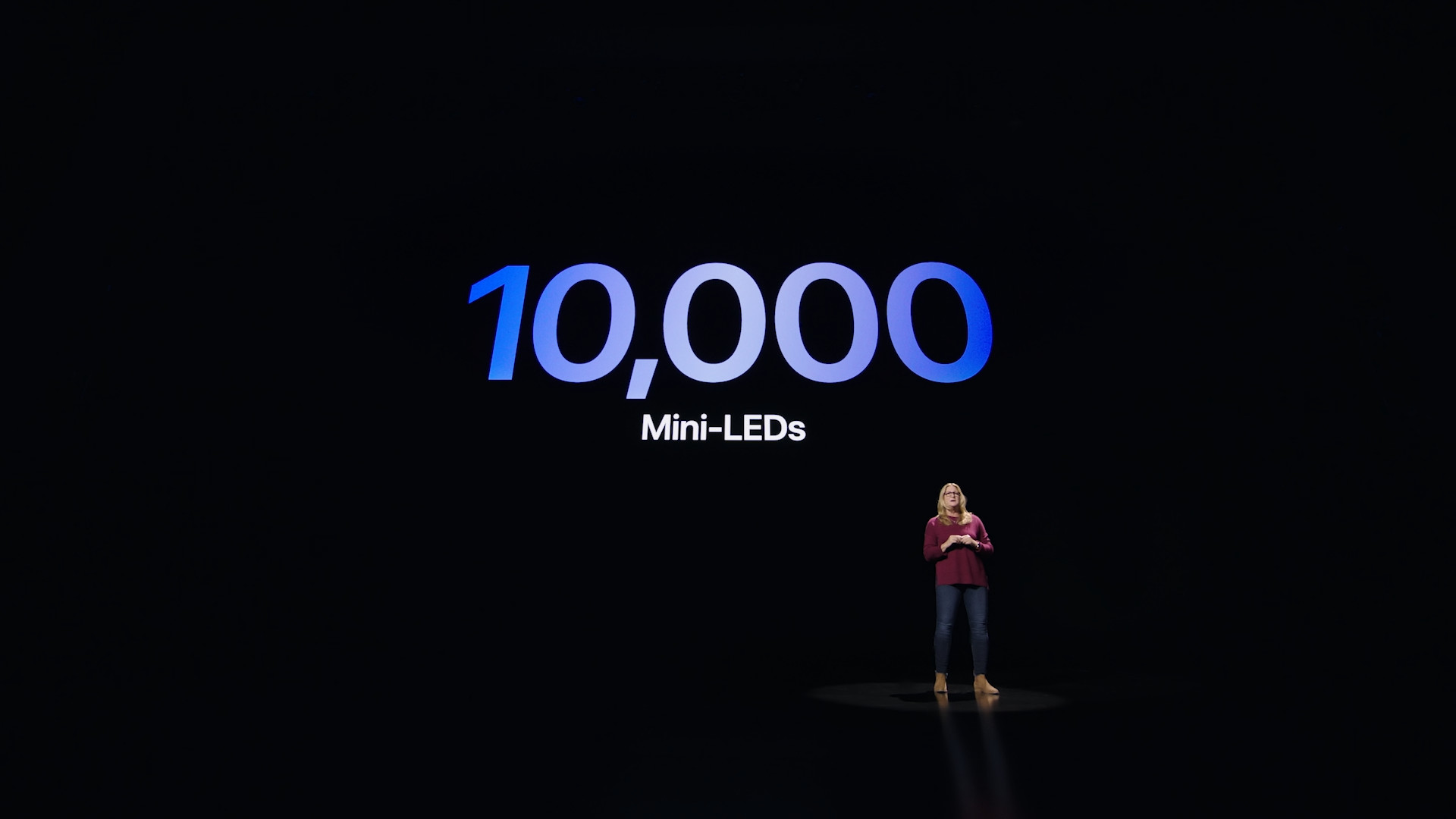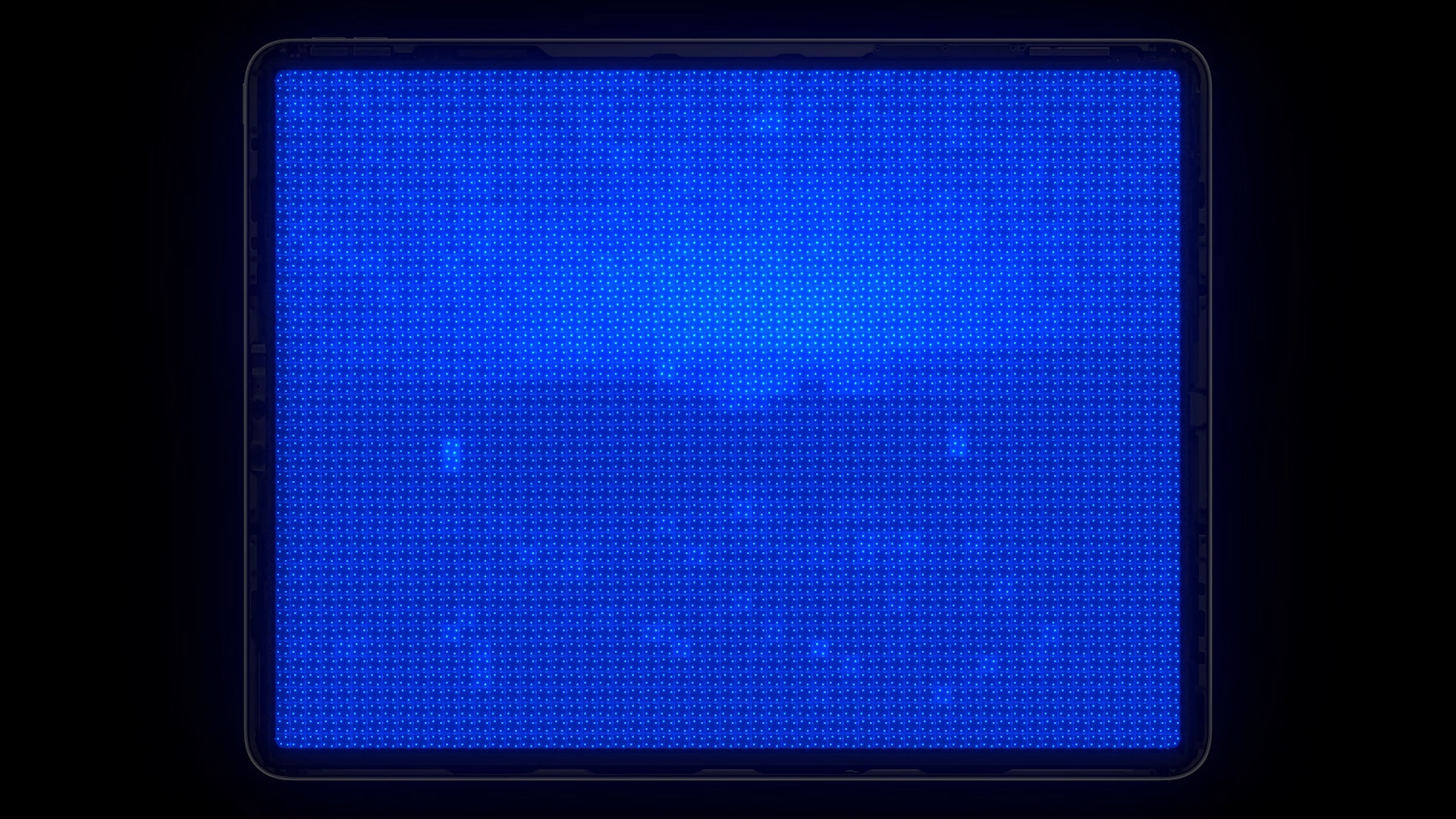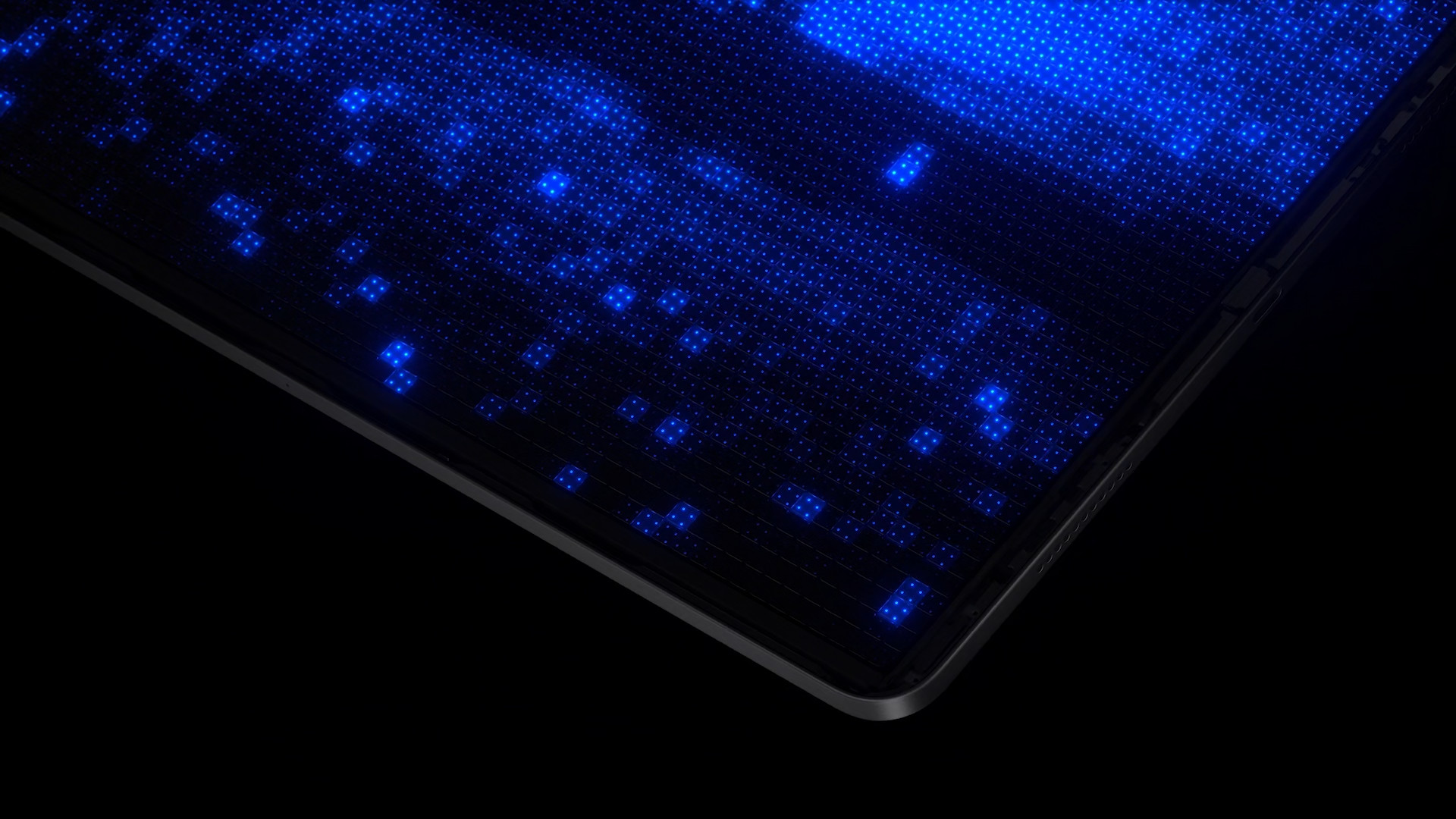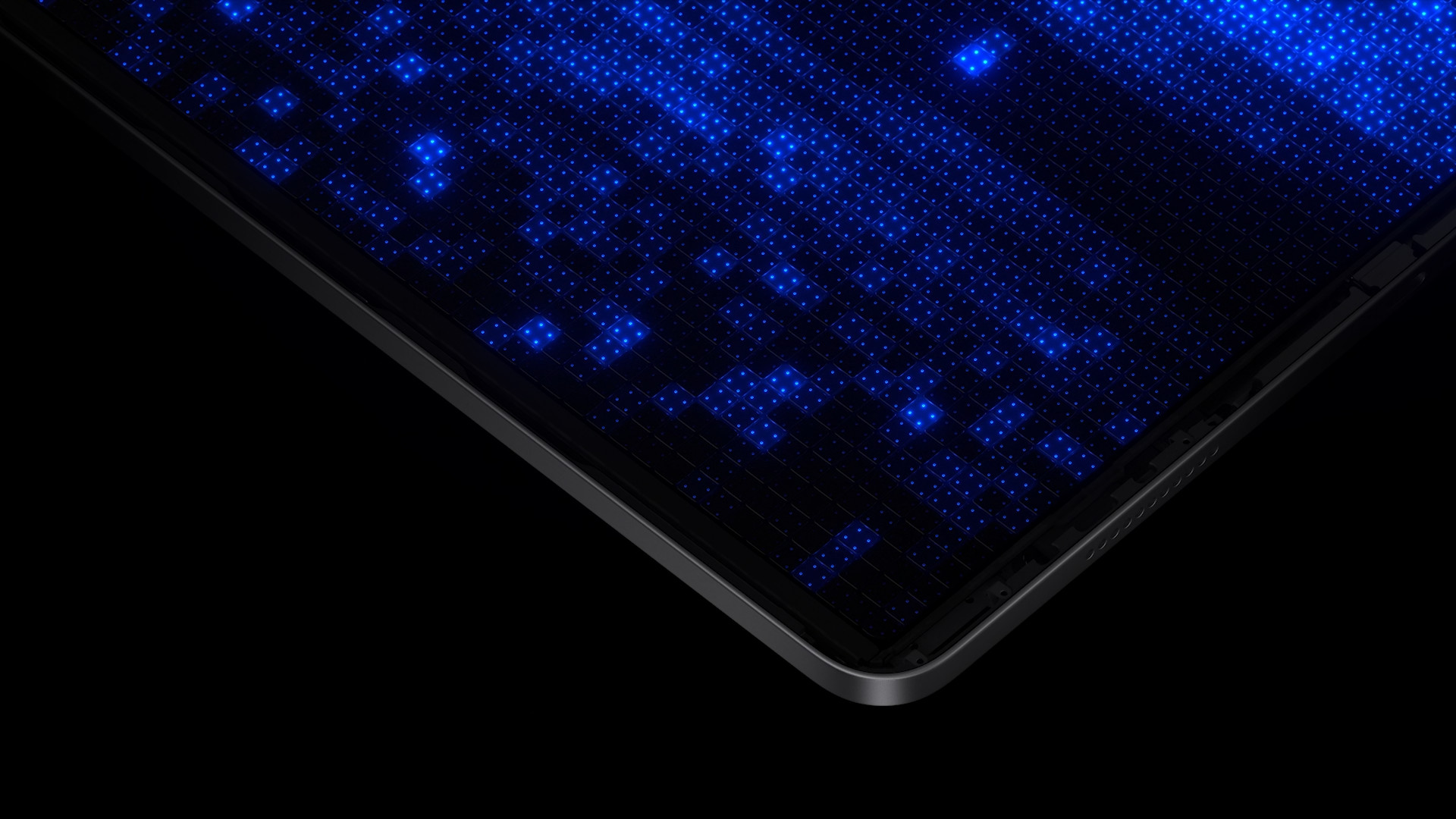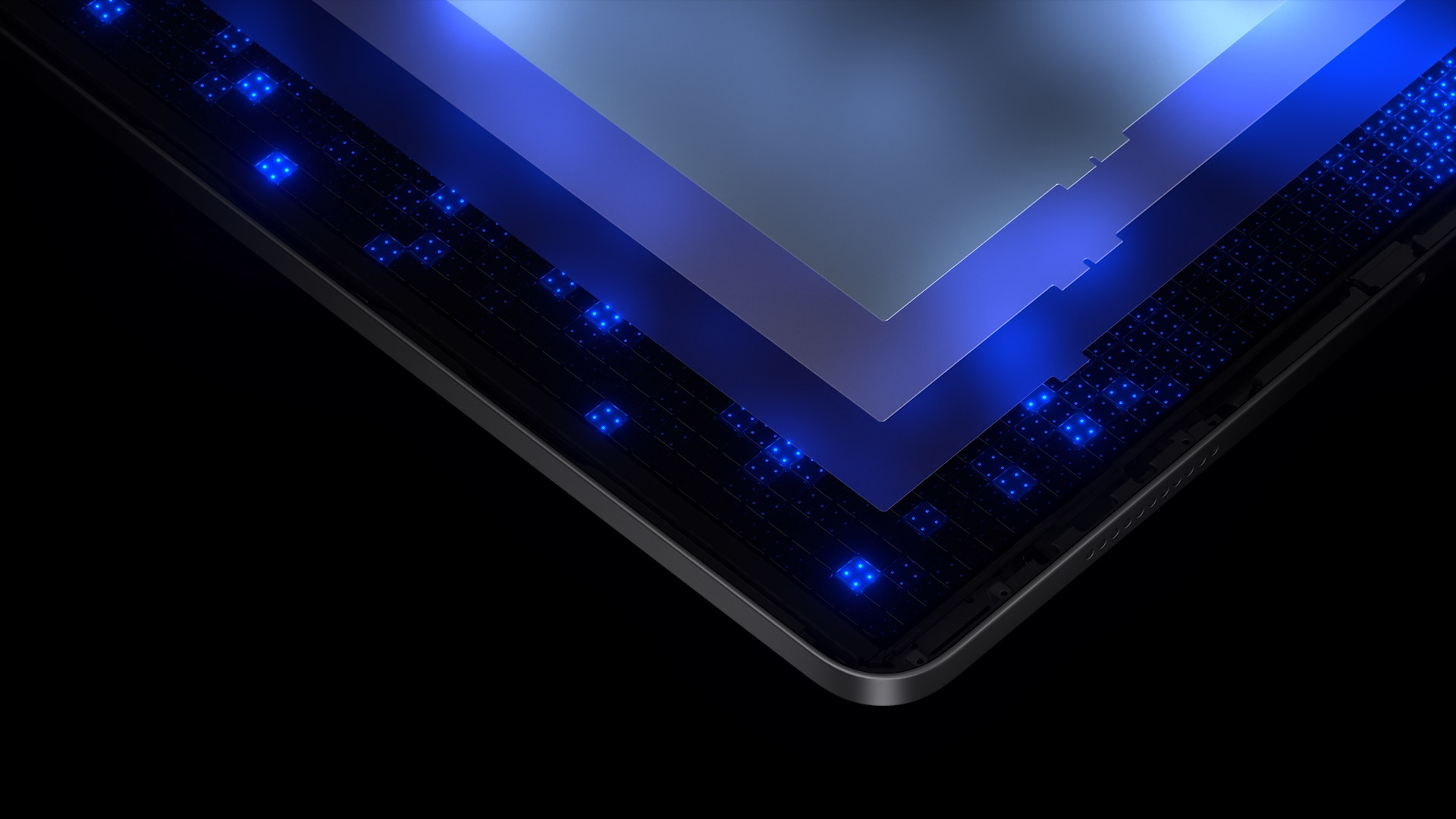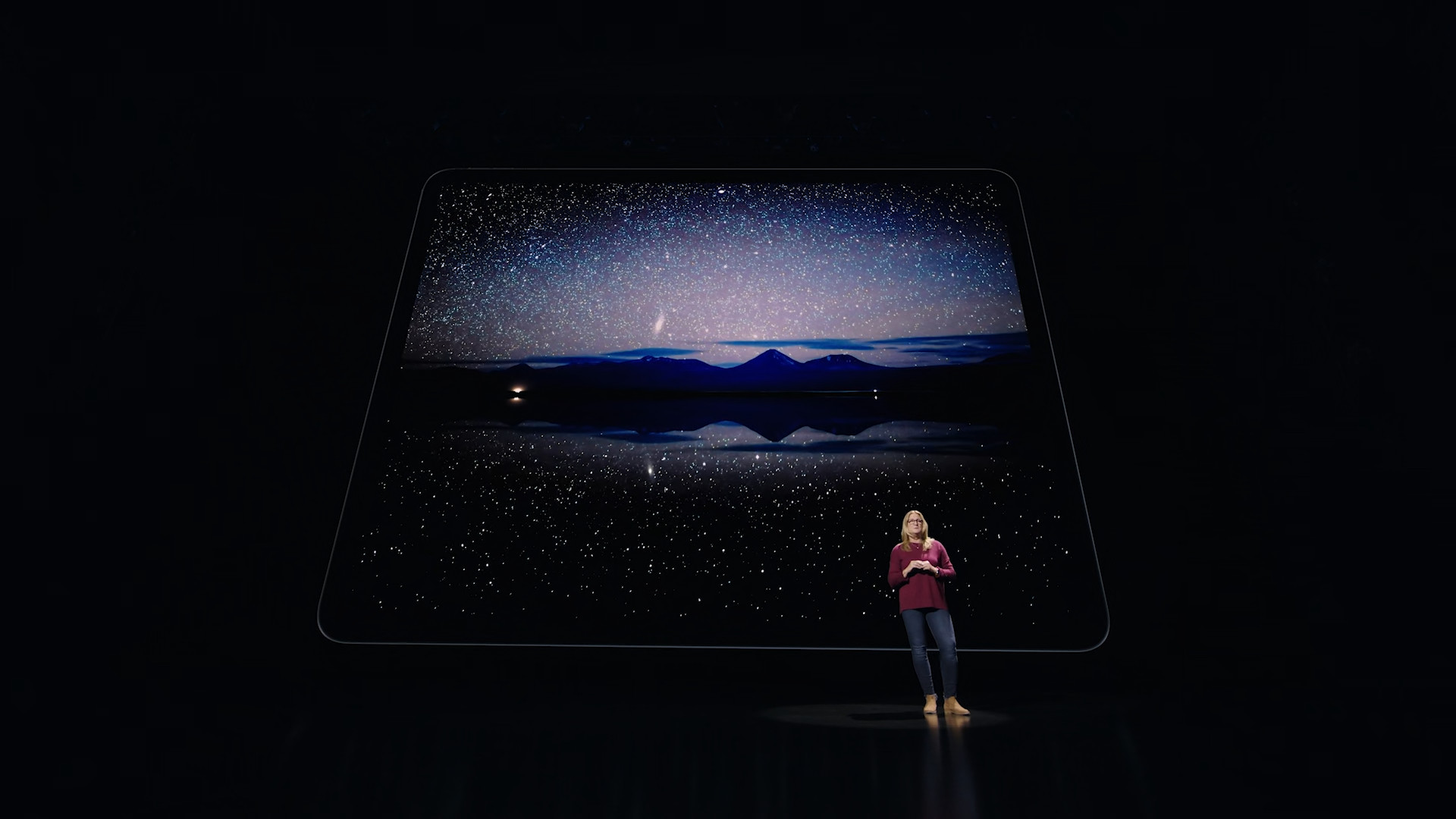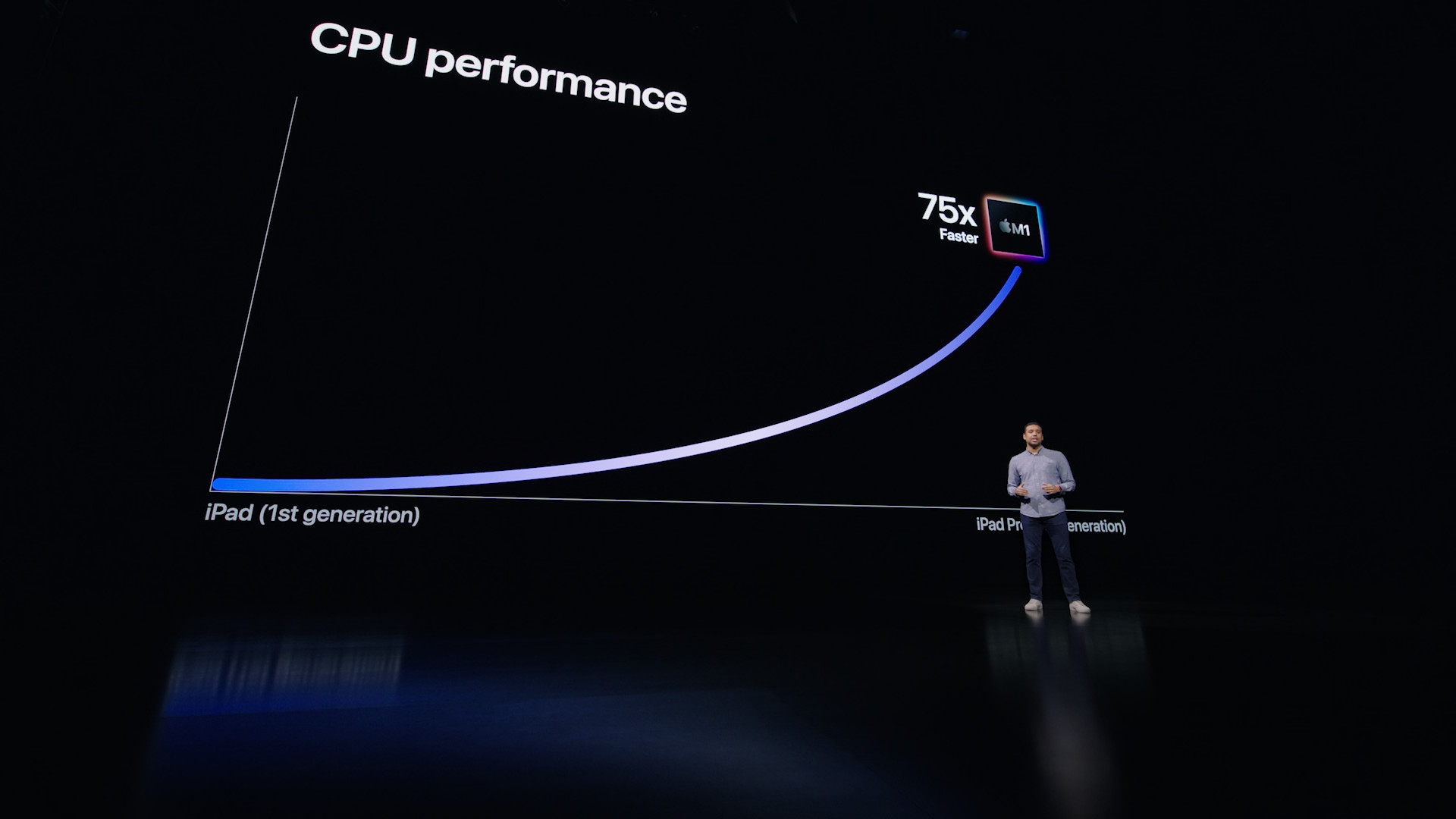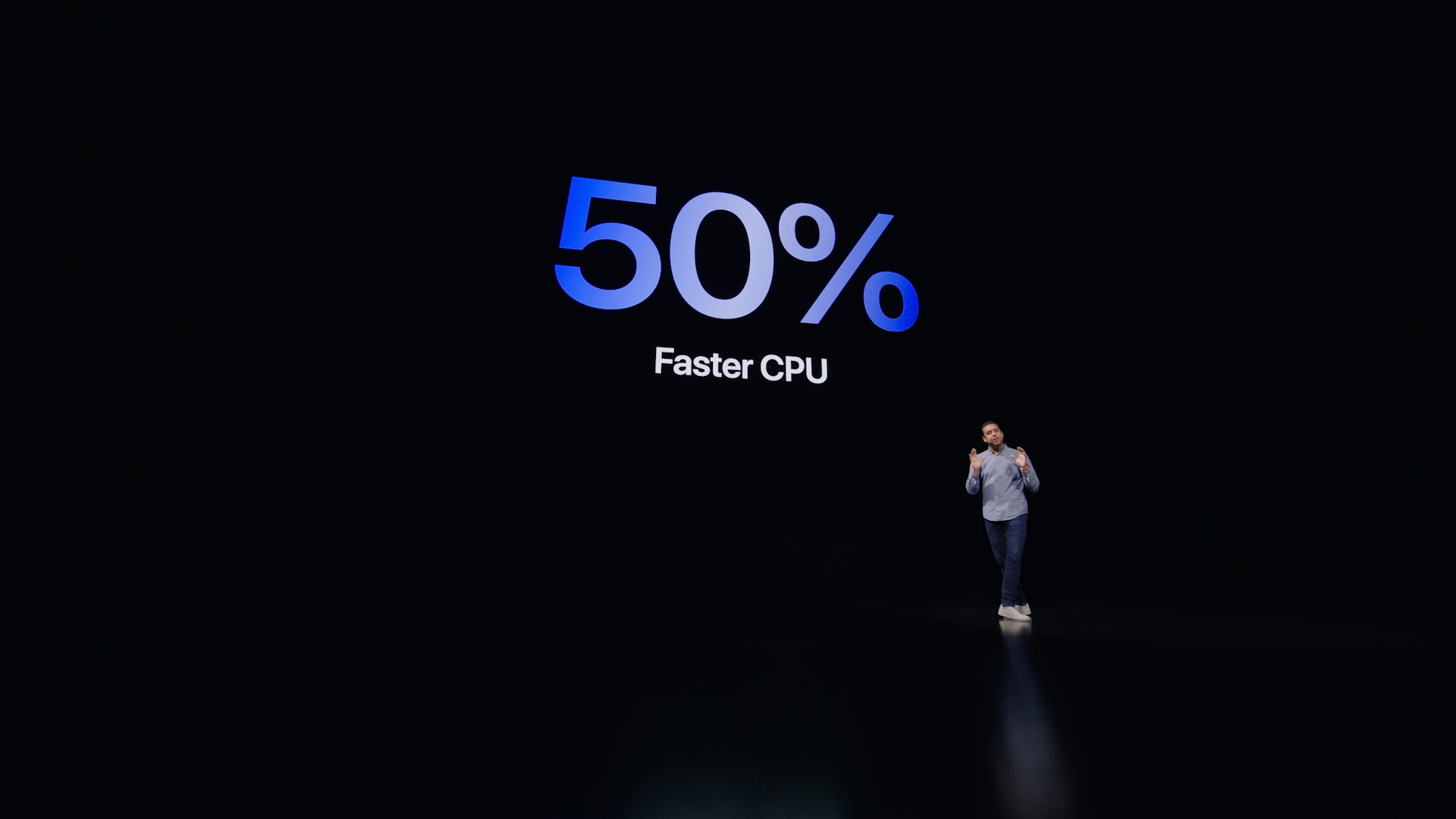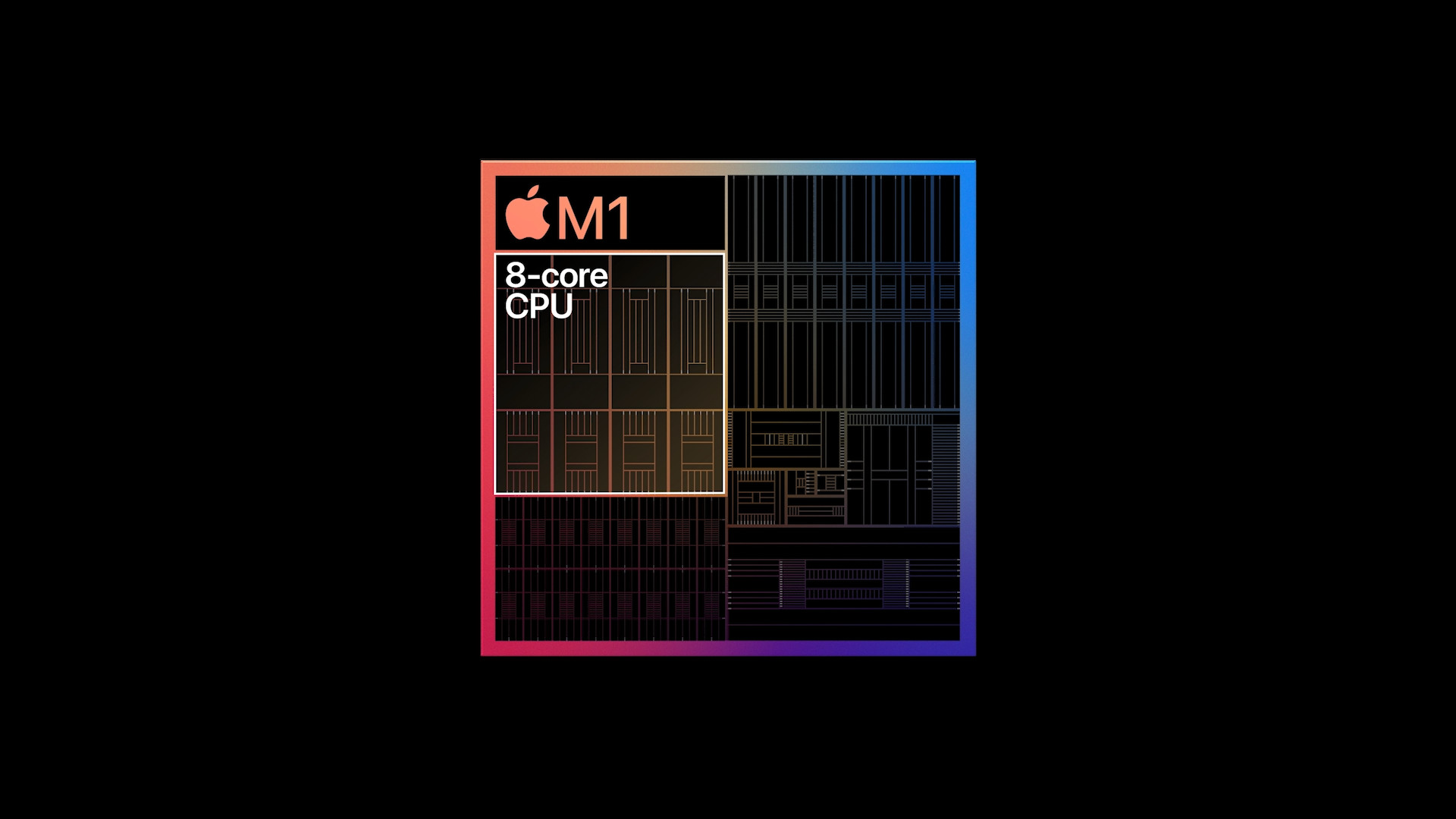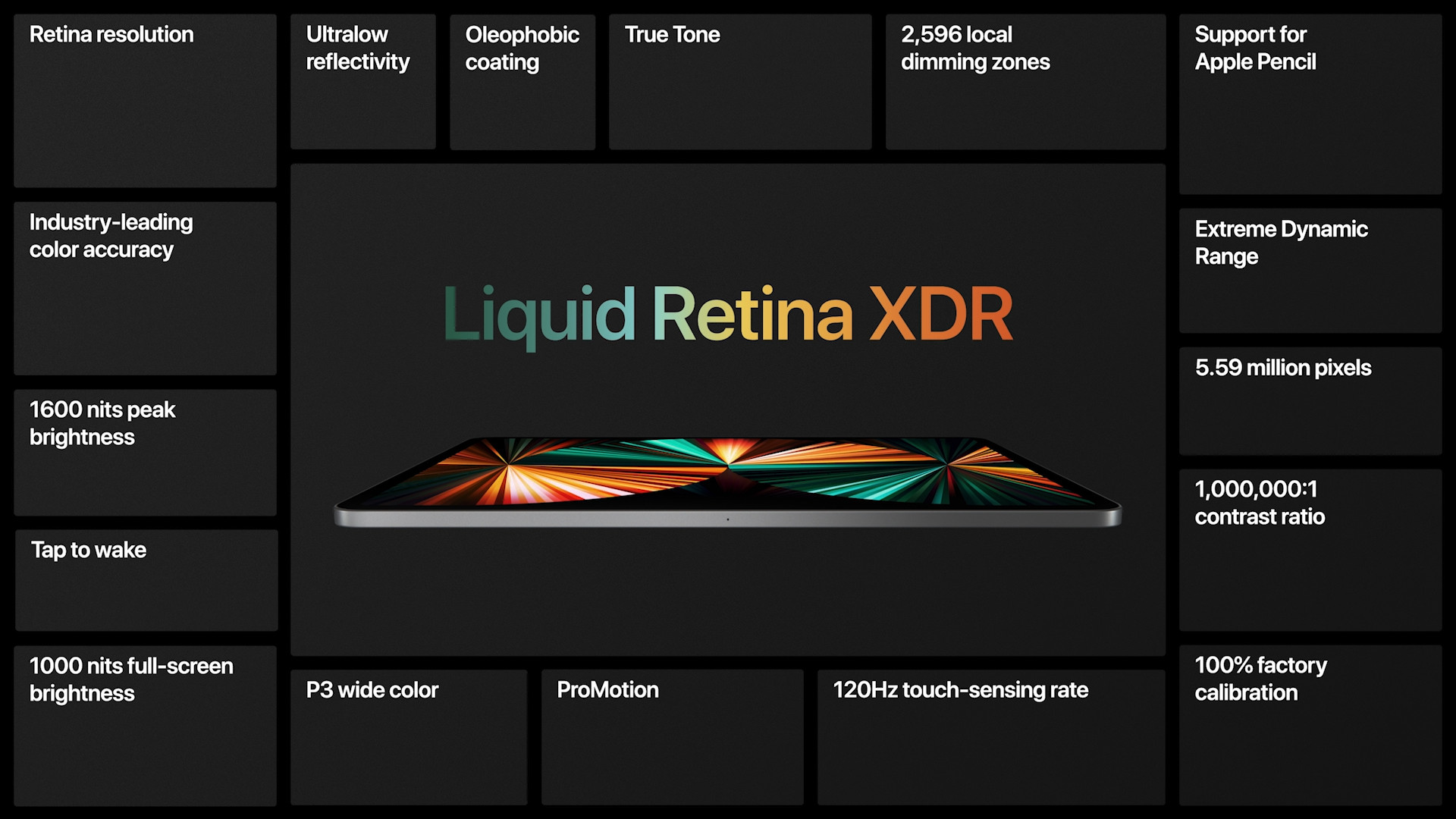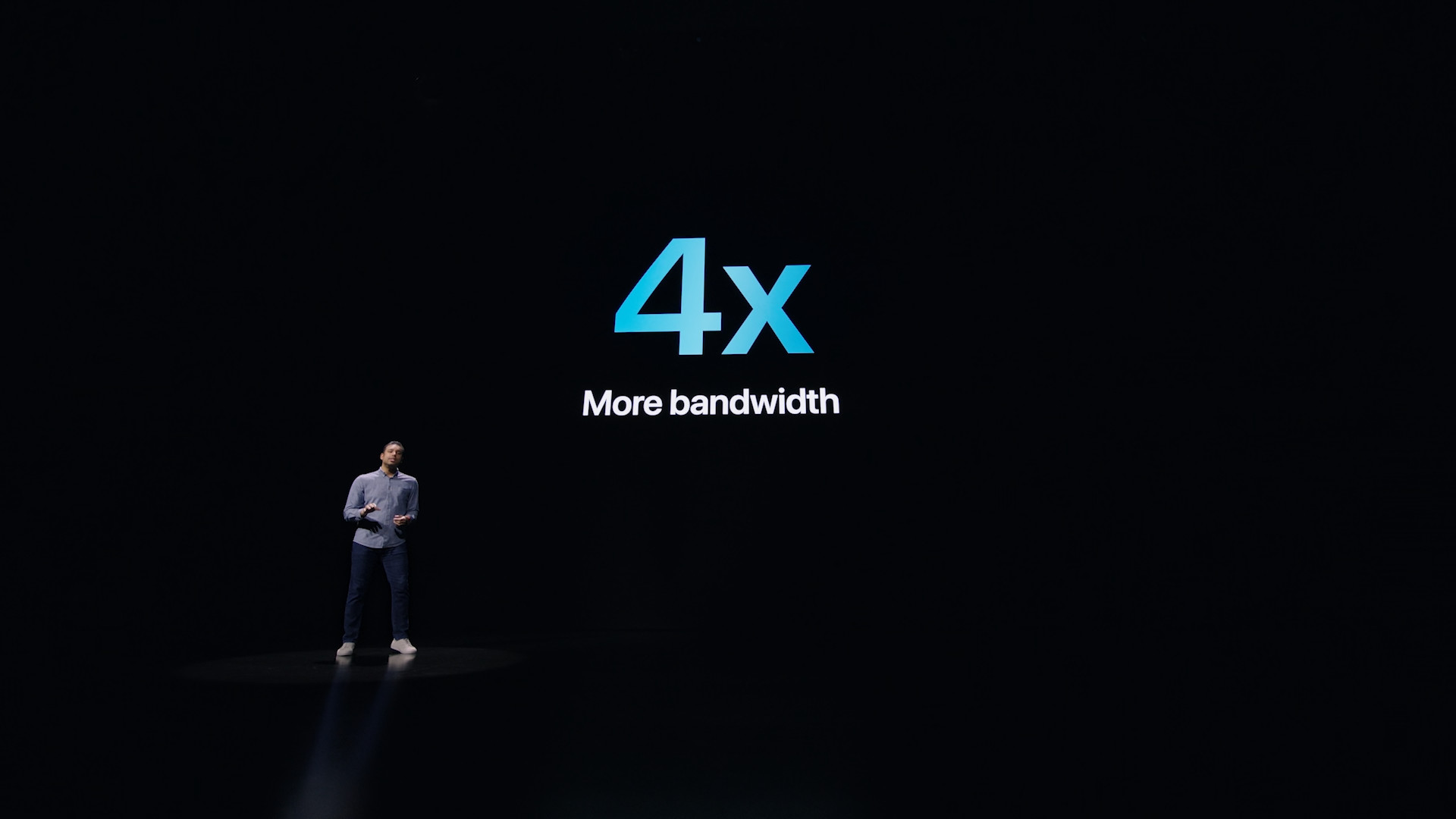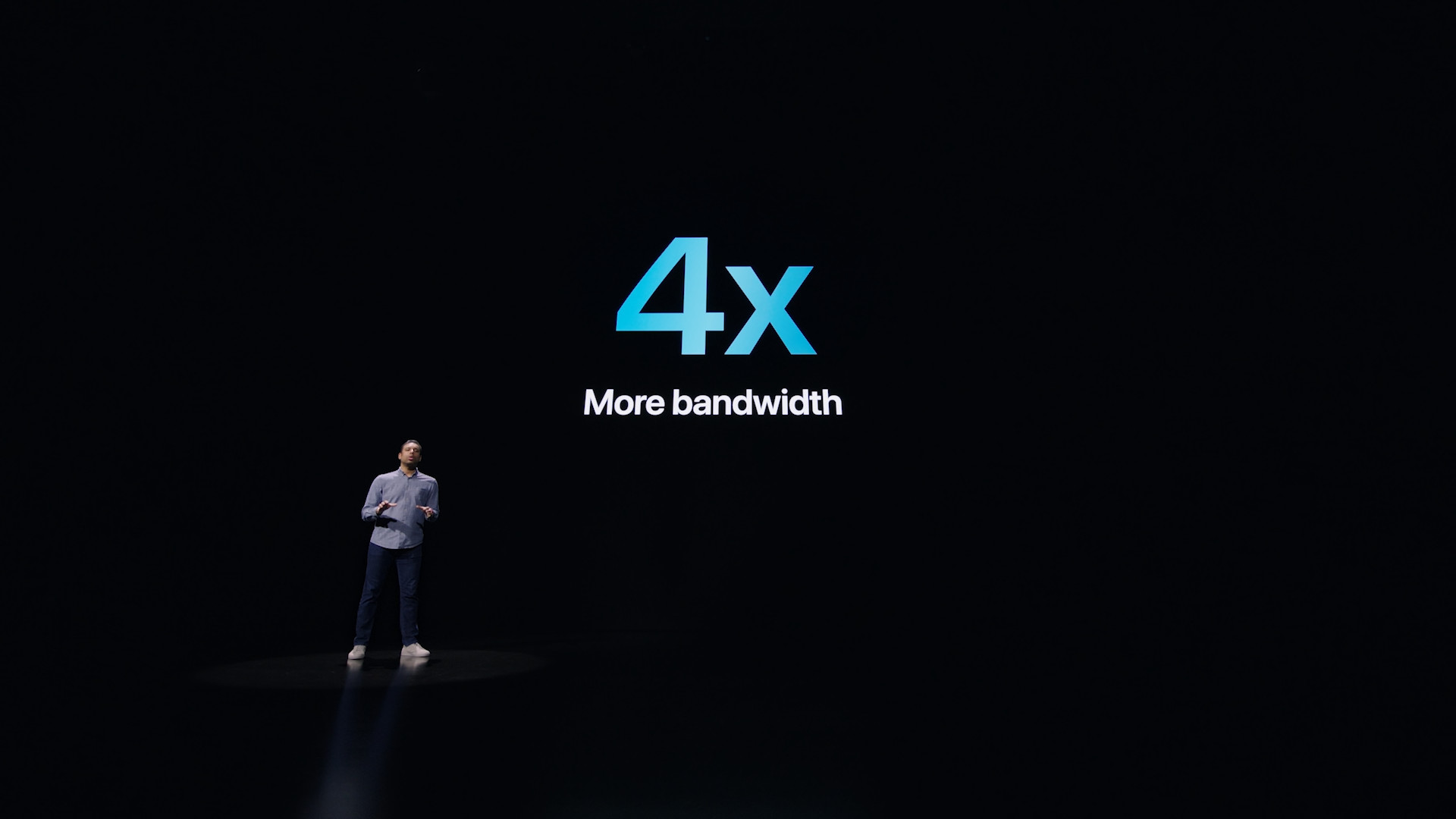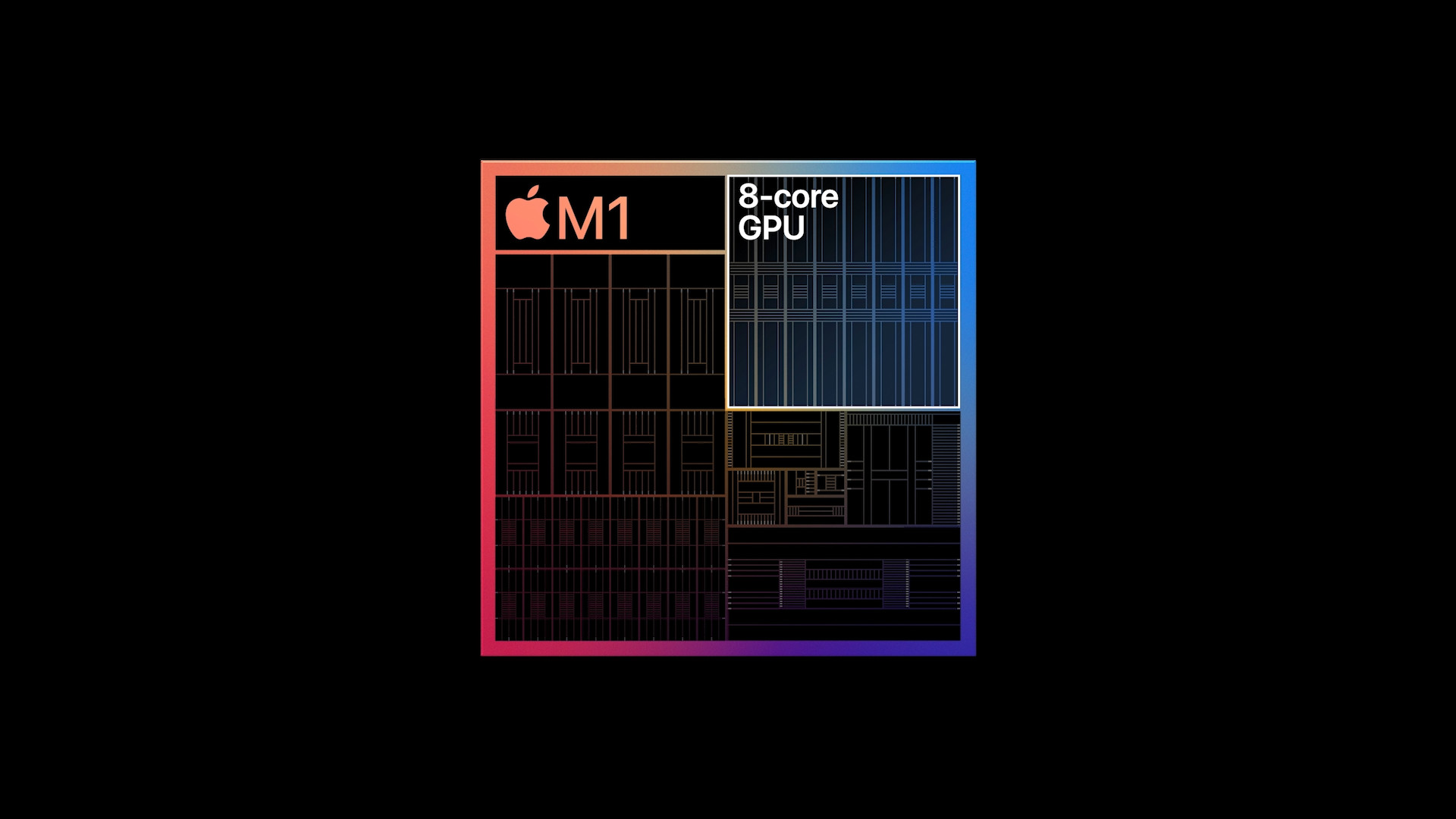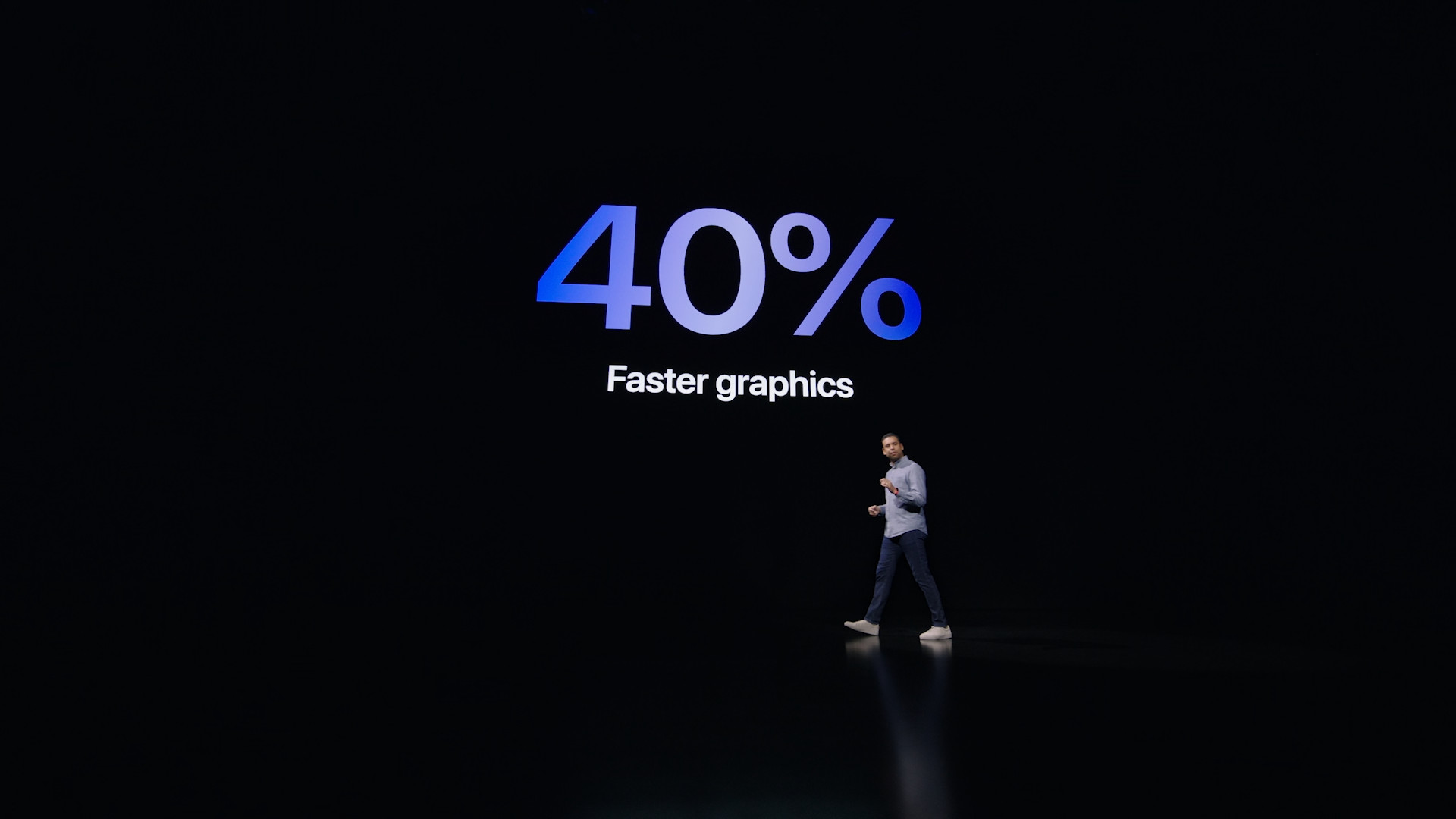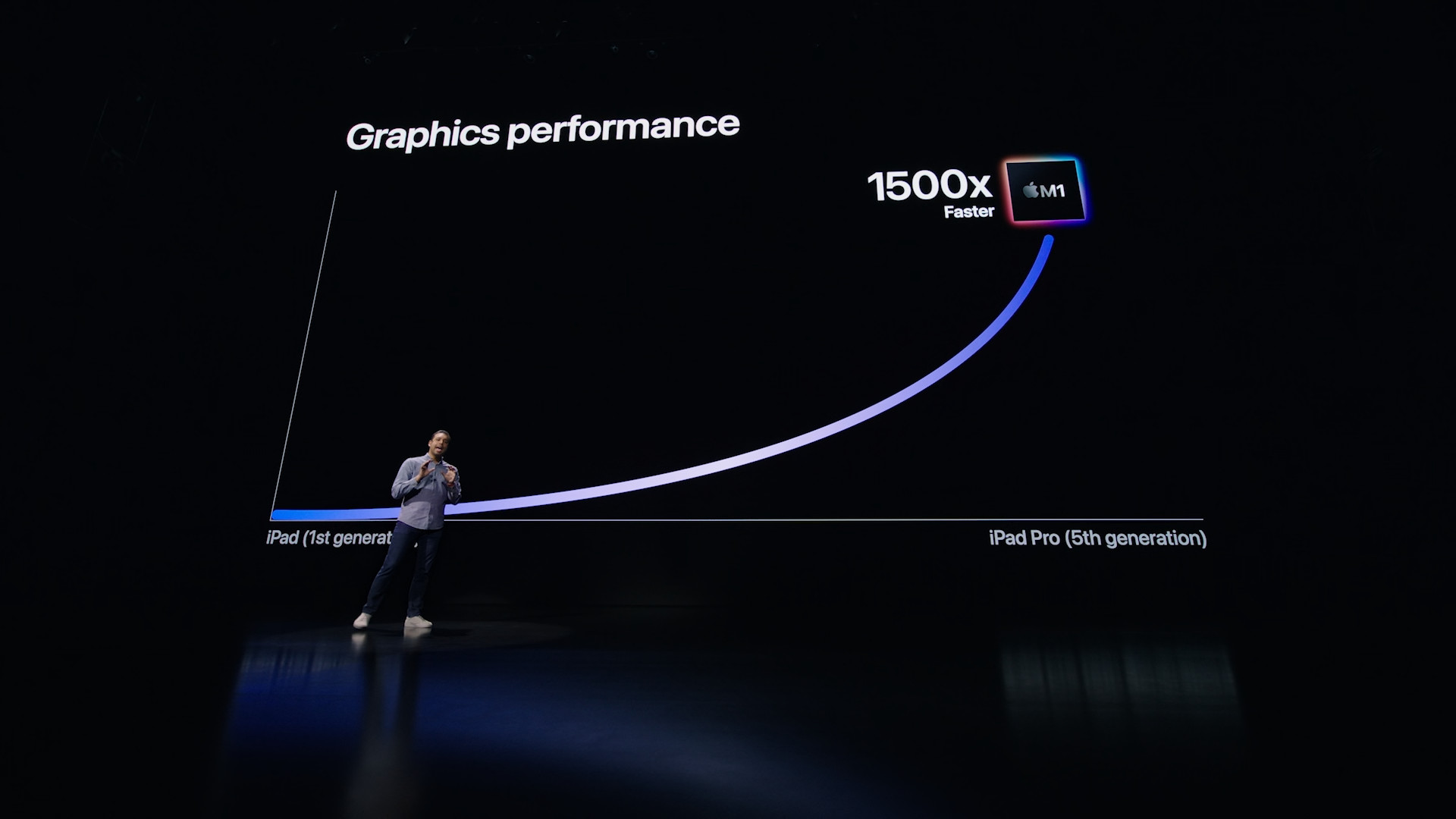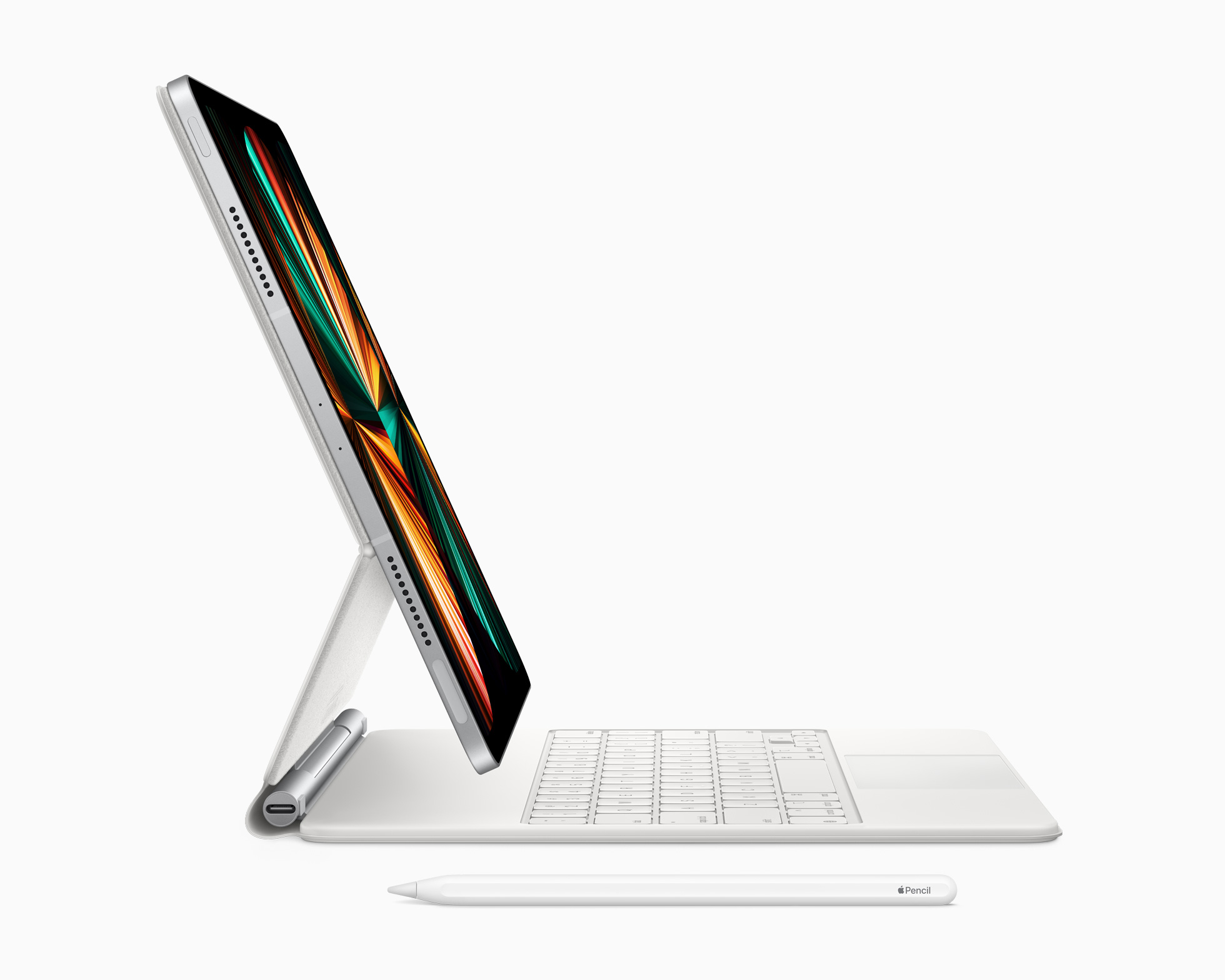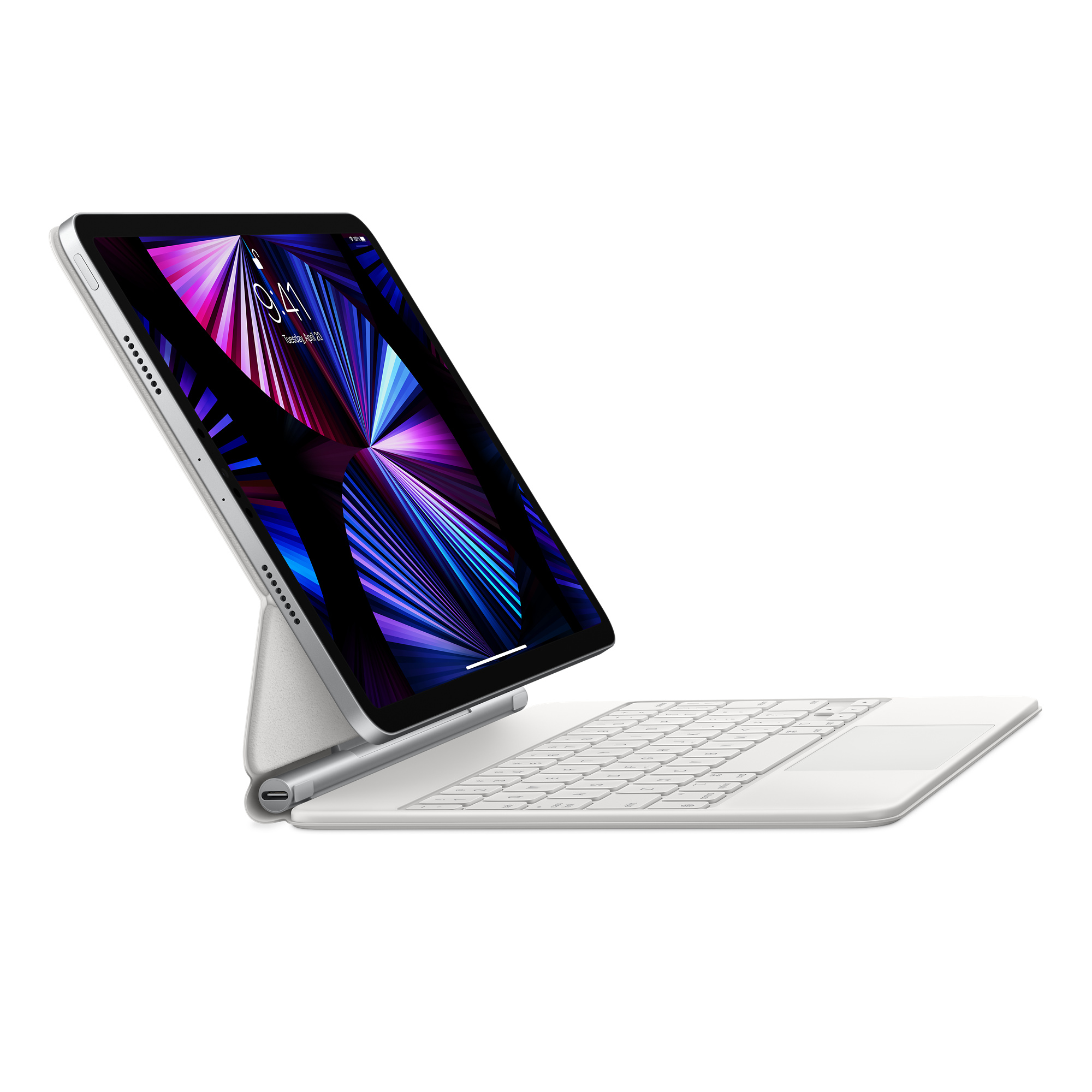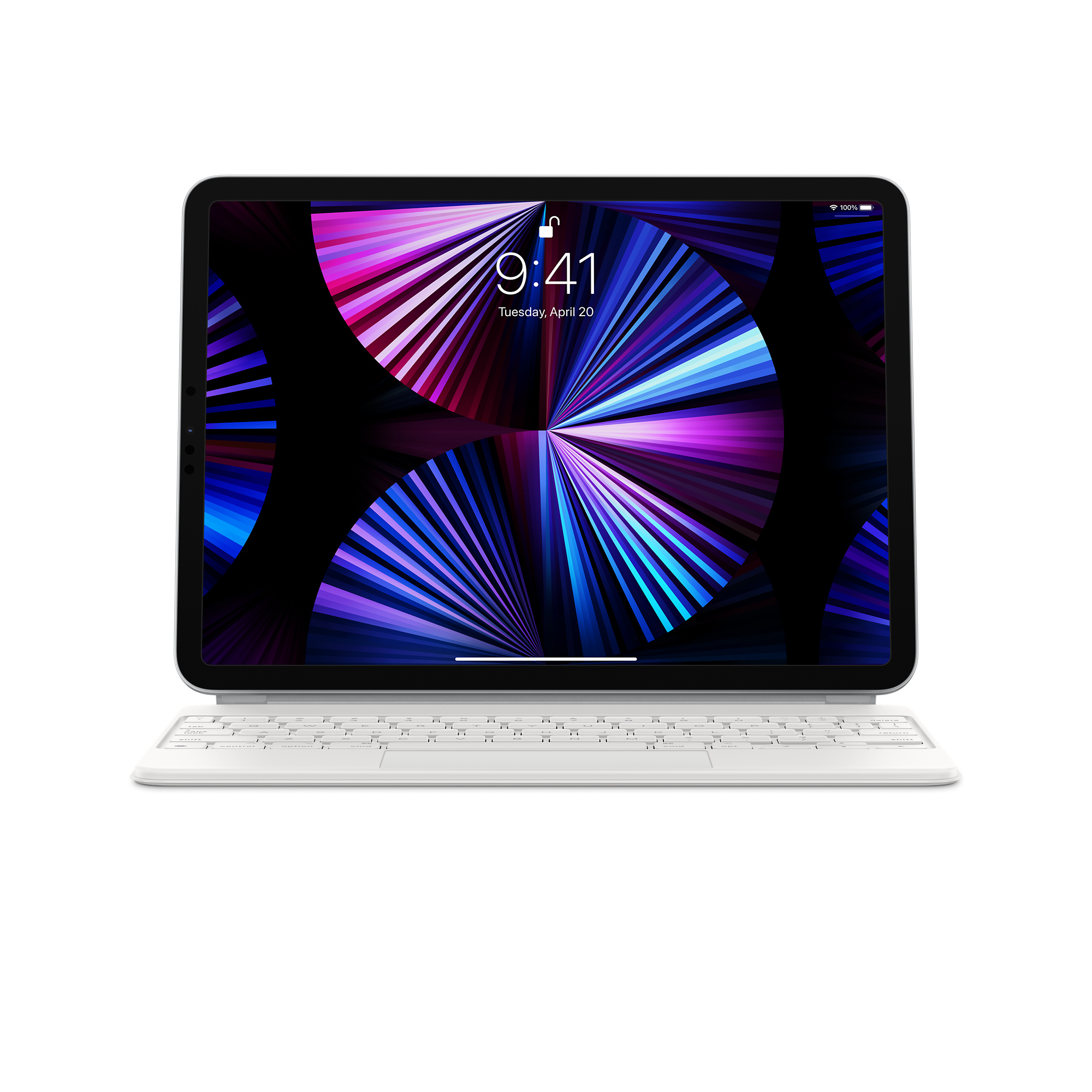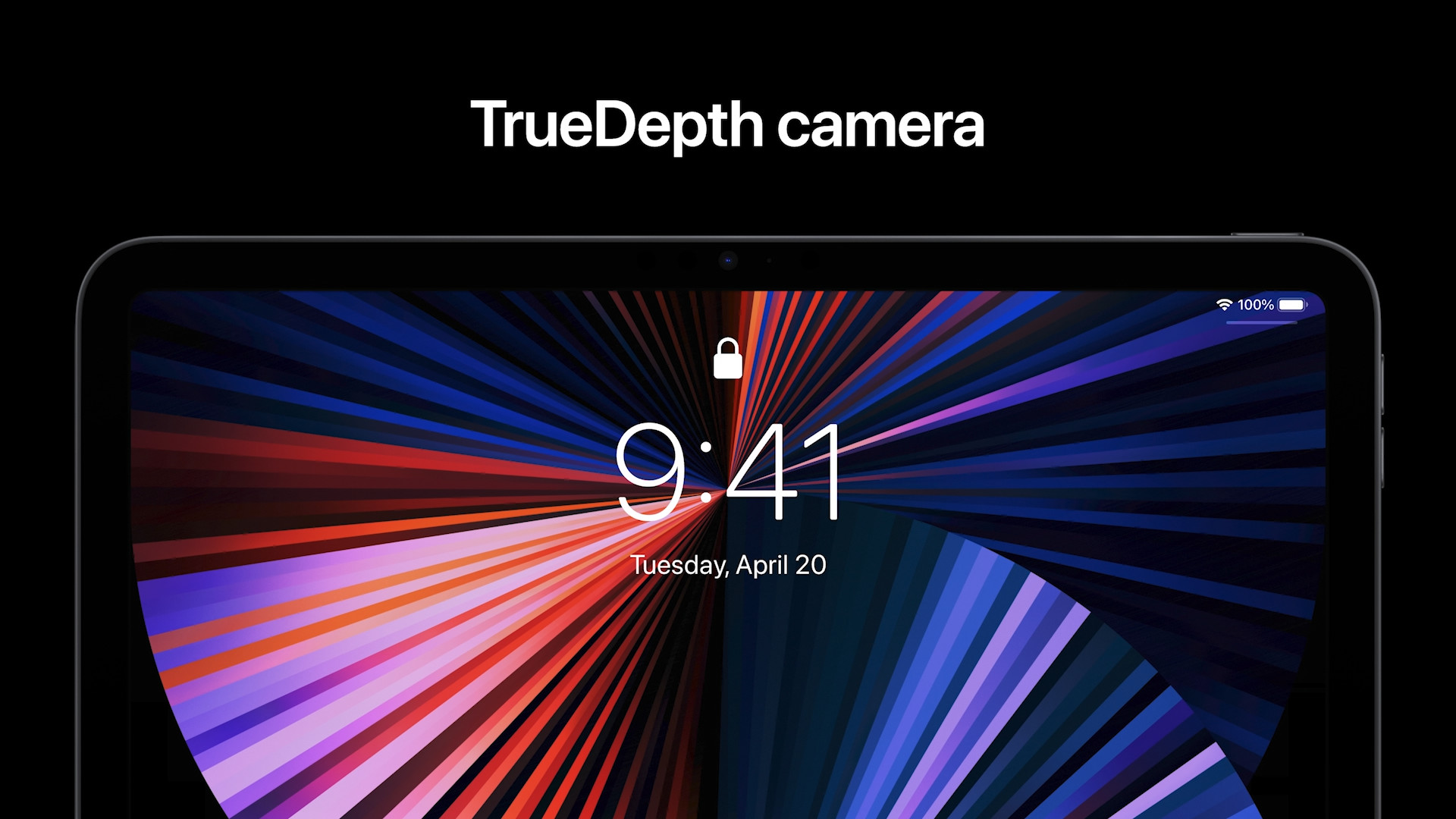A stunning display, extraordinary performance and above-standard connectivity – these are just a handful of things that Apple highlights in its new iPad Pro. Yes, the latest tablet from the workshop of the Californian giant is the best in its category without competition - and I would say that it will be so for a long time. However, it is necessary to admit that this machine is intended for a specific group of professionals. If you are among the really extremely demanding users of iPads, but you don't know if you feel like investing a considerable amount in the latest piece, you basically have two options: bite the bullet of the high purchase price of this year's tablet, or reach for last year's iPad Pro in the after-sale, the price of which is almost 100% will fall. It must be noted that Apple has taken a huge leap forward with its tablet, but it may not be felt by everyone. Today we will look at both pieces in detail and compare which one is ideal for you.
It could be interest you

Design and weight
Whether you opt for the 11″ or the larger 12.9″ model, they haven’t changed much in terms of shape over the generations. As for the 11″ tablet from this year, it has gained a little weight compared to last year, the version without cellular connection weighs 471 grams compared to 466 grams for the older model, the iPad in Cellular version weighs 473 grams, the older model weighs 468 grams. In the case of the larger sibling, however, the difference is somewhat more pronounced, namely 641 grams, respectively 643 grams for the iPad from last year, 682 grams or 684 grams for the iPad Pro from 2021. The depth of the newer 12,9″ model is 6,4 mm, its the older brother is 0,5 mm thinner, so it is 5,9 mm thick. So, as you can see, the differences are minimal, but the newer iPad is a bit heavier, especially if we pit larger variants against each other. The reason is simple – display and connectivity. But we will get to that in the following paragraphs.
Display
To clear things up a bit. No matter which tablet you buy with the Pro add-on, you can count on its screen to be stunning. Apple knows this very well, and has not changed it in any way on the iPad with a screen size of 11 inches. You can still find the Liquid Retina Display with LED backlighting, where its resolution is 2388 × 1668 at 264 pixels per inch. ProMotion technology, Gamut P3 and True Tone are a matter of course, the maximum brightness is 600 nits. However, with the larger iPad Pro, the Cupertino company has raised the bar for tablet displays several levels higher. This year's model features a Liquid Retina XDR panel with a mini-LED 2D backlight system with 2 local dimming zones. Its resolution is 596 × 2732 at 2048 pixels per inch. What will amaze you is the maximum brightness, which has risen to 264 nits across the entire screen area and 1000 nits in HDR. Last year's iPad Pro in the larger version does not have a bad display, but it still loses significantly in terms of numerical values.
Battery life and performance
At the beginning of this paragraph, I would like to note that the durability of the novelty may be a disappointment for some. Apple states up to 10 hours when watching a video or browsing the Internet via a WiFi network, an hour less if you are connected via the mobile Internet. iPads maintain the same endurance for a long time, and it is true that Apple is not lying when it comes to data - you can handle an undemanding to moderately demanding working day with the iPad without any problems. But we have to sportily admit that for a professional device, where users are expected to work with processor-intensive tasks, Apple could raise the endurance a little, especially when deploying a new brain of the entire machine.
It could be interest you

But now we come to probably the most important point of the program. The iPad Pro (2020) is powered by an A12Z processor. It cannot be said that it lacks performance, but it is still just a modified processor from the iPhone XR, XS and XS Max – which premiered in 2018. However, with this year's iPad, Apple has achieved something incredible. It implemented the M1 chip in the thin body, exactly the one that desktop owners were wondering about just a few months ago. The performance is brutal, according to Apple, the newer model has a 50% faster CPU and a 40% more powerful GPU. I agree that regular users won't tell the difference, but creatives definitely will.
Storage and connectivity
In the area of attachment of accessories and connectivity as such, the models are somewhat similar, although here too we would find a few differences. Both last year's and this year's models feature the latest Wi-Fi 6 standard, modern Bluetooth 5.0, and as I outlined above, you can choose whether you want a tablet with or without cellular connectivity. It is in the mobile connection that we find a relatively significant difference, as the iPad Pro (2021) boasts 5G connectivity, which its older sibling does not have. For now, the absence of 5G does not have to worry us so much, the pace of Czech operators in covering our regions with the most modern standard is dismal. For those who often travel abroad, even this fact can be the main argument for purchasing a new machine. This year's iPad was also equipped with a Thunderbolt 3 connector, with which you can achieve unprecedented file transfer speeds.

The Apple Pencil (2nd generation) fits both the older and the newer iPad Pro, but it's worse with the Magic Keyboard. You'll attach the same keyboard that fits the older iPad Pro or iPad Air (11) to the 2020″ model, but you'll need to get a Magic Keyboard designed specifically for the 12,9″ device.
In the area of storage capacity, both iPads are offered in versions of 128 GB, 256 GB, 512 GB and 1 TB, and in the newer model you can fit up to a 2 TB disk in the highest configuration. Storage should be up to twice as fast as last year's iPad Pro. The operating memory also increased significantly, when it stopped at 8 GB for all but the two highest models, then we got to the magical 16 GB for the two most expensive variants, which no mobile device from Apple has yet achieved. As for the older model, the size of the RAM is only 6 GB, without the storage difference.
It could be interest you
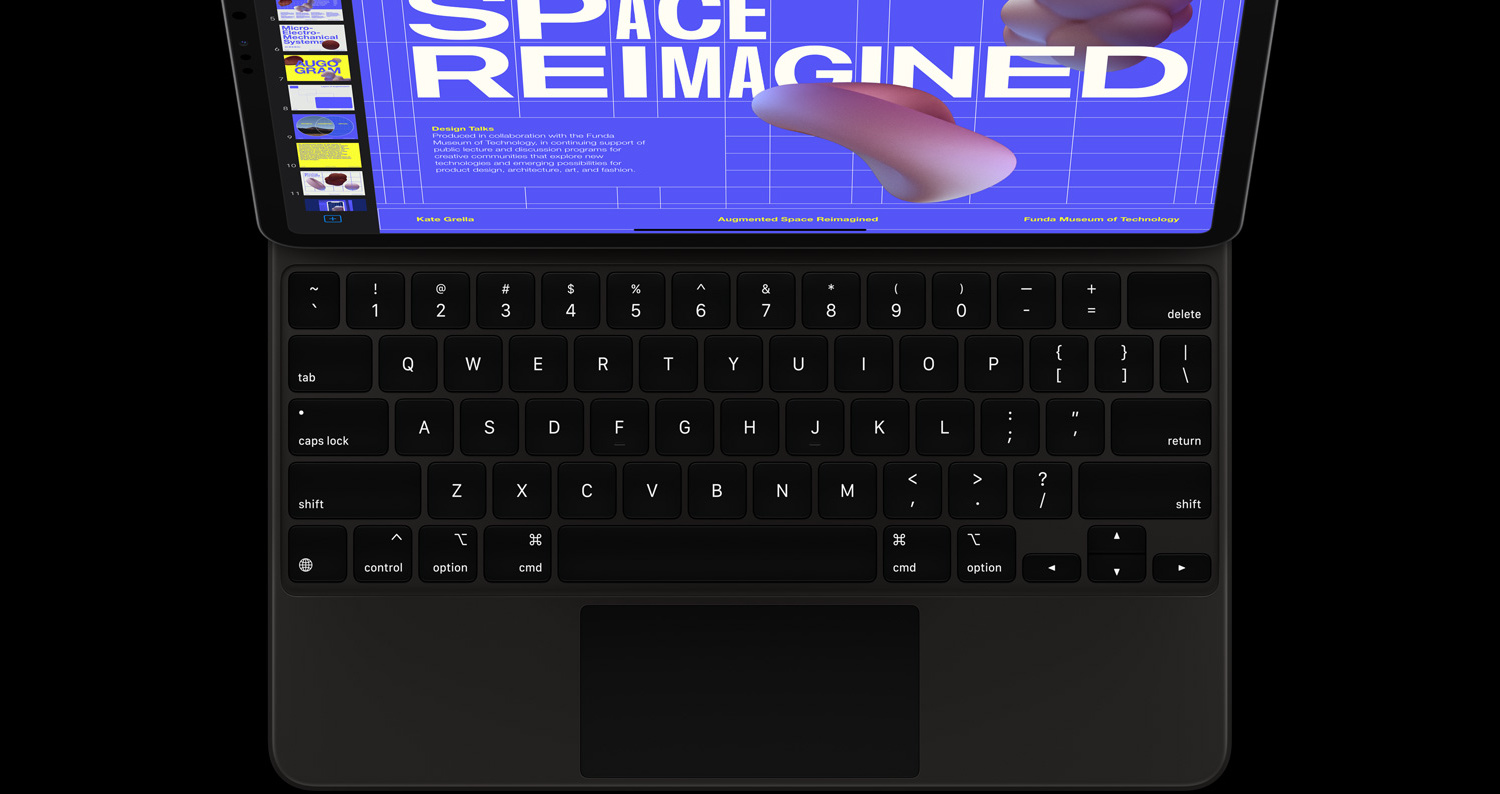
Camera and front camera
Maybe some of you are wondering why so many people bother with lenses for iPads, when they can take photos with their phone much more comfortably and use the iPad's camera to scan documents? Mostly with professional machines, some quality is useful in the reserve. The novelty, like the previous generation, boasts two cameras, where the wide-angle one offers a 12MPx sensor with an aperture of ƒ/1,8, with the ultra-wide-angle you get 10MPx with an aperture of ƒ/2,4 and a 125 ° field of view. You'll find basically the same thing on an older iPad, just with a lower dynamic range. Both products have a LiDAR scanner. Both devices can also record video in 4K at 24 fps, 25 fps, 30 fps and 60 fps.
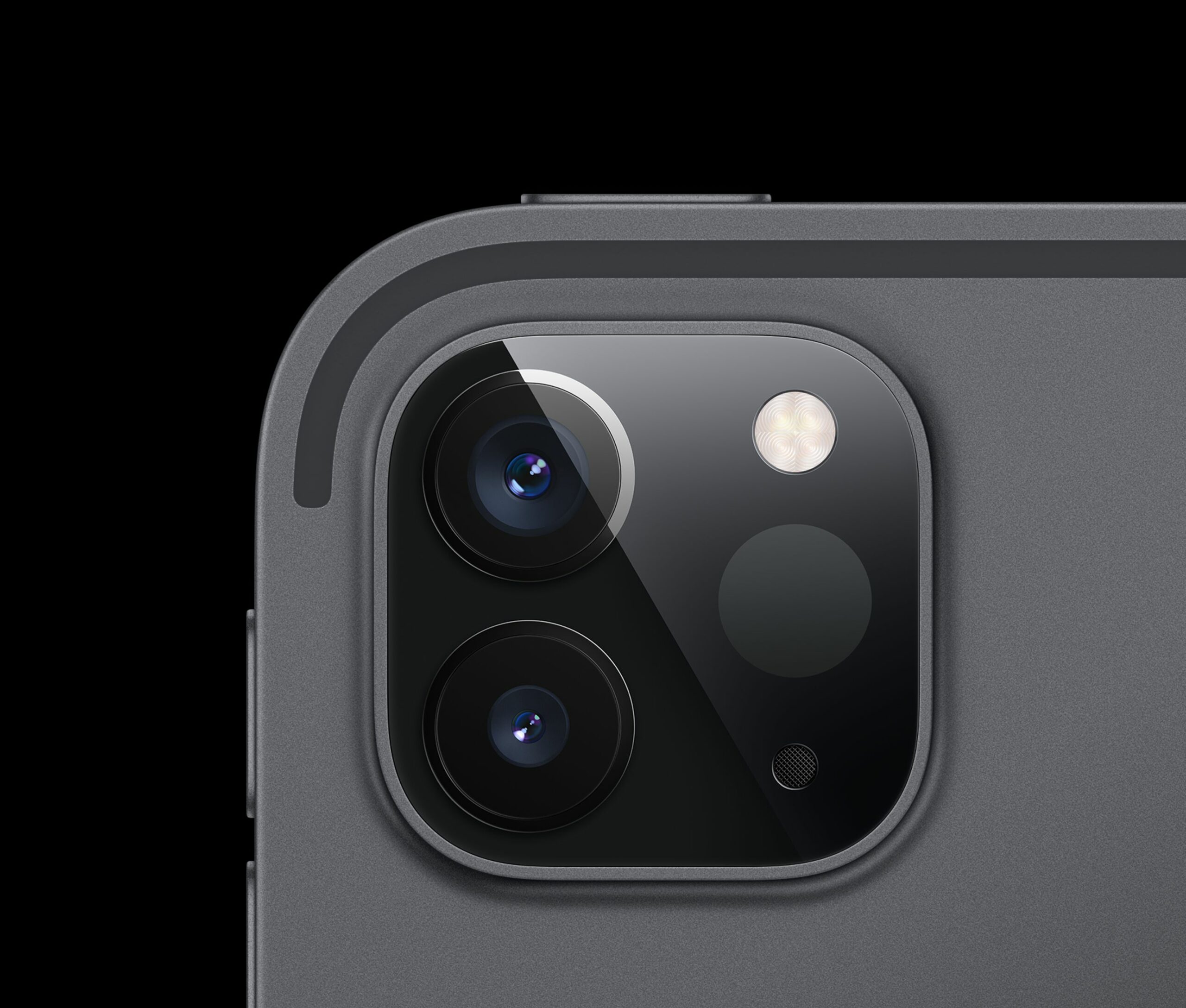
But the main thing happened with the front TrueDepth camera. Compared to 7MPx in the older model, you will enjoy a 12MPx sensor with a 120° field of view, which can take pictures in portrait mode and is able to determine the depth of field before taking them. But probably everyone will use the selfie camera more for video calls and online meetings. Here, the novelty learned the Center Stage function, where, thanks to a larger field of view and machine learning, you will be correctly in the shot even when you are not sitting exactly in front of the camera. That's good news, especially since the iPad's selfie camera is on the side, which isn't exactly ideal when you have it in a keyboard or case with a stand during a video call.
Which tablet to choose?
As you can see, the differences between the two devices are not few and some of them are quite visible. However, you still have to be aware of one fact - you can't go wrong with last year's model either. If you expect from your tablet the best that Apple can offer you, you often connect external accessories, you know that you have a creative spirit and you plan to realize your ideas on an Apple tablet, this year's novelty is the clear choice, with which you will also get faster storage in addition to brutal performance , superior equipment in the area of connectivity and, last but not least, very high-quality front and rear cameras. If you are no stranger to working with video and photos, and you have a creative spirit on a regular basis, but this is more of a hobby, an older iPad will serve you more than perfectly. For content consumption and office work, both models are more than sufficient, but I can say the same about the basic iPad and iPad Air.
- You can buy Apple products, for example, at Alge, Mobile Emergency or u iStores
